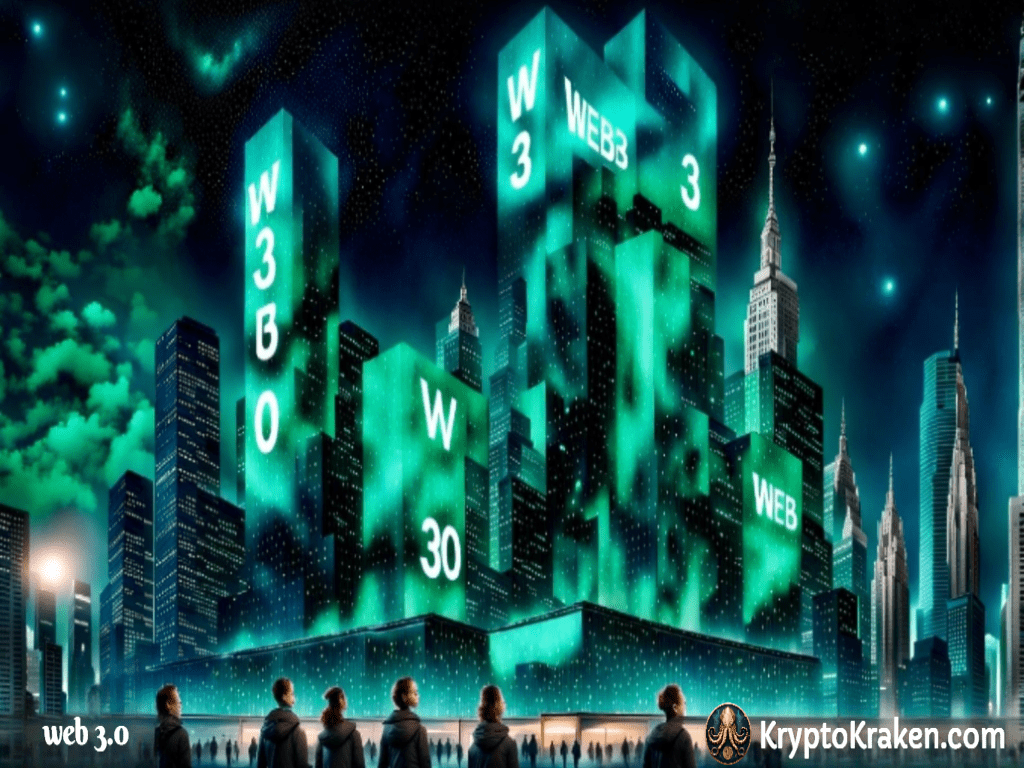
- September 12, 2023
- Dennis Frank
- 3
Table of Contents
The rapid evolution of the internet has given rise to various technological advancements and paradigm shifts. One such transition is the emergence of Web 3.0, a term that has gained significant attention and speculation in recent years. In this article, we will delve into the intricacies of Web 3.0, its defining features, and its potential impact on various industries.
Understanding the Evolution of the Internet
The internet has come a long way since its inception. Initially, known as Web 1.0, it primarily focused on static websites that offered limited interaction. Users were mere spectators, with minimal ability to contribute or actively engage with the content. However, the internet landscape soon witnessed a fundamental shift with the advent of Web 2.0, characterized by user-generated content and interactive web applications.
Web 2.0 brought about a revolutionary change, allowing users to actively participate, share, and collaborate within the online realm. Social media platforms, blogging websites, and multimedia sharing platforms became increasingly popular, empowering individuals to create, curate, and consume content in unprecedented ways. This participatory nature laid the foundation for the evolution to Web 3.0.
Web 3.0, also known as the Semantic Web, represents the next stage in the evolution of the internet. It aims to transform the web into a more intelligent and intuitive platform, where information is not just presented but also understood by machines. This new phase is characterized by the integration of artificial intelligence, machine learning, and advanced algorithms to enhance the way we access and interact with information.
One of the key features of Web 3.0 is its ability to provide personalized and context-aware experiences. With the help of advanced technologies, the web can now understand user preferences, interests, and behaviors, allowing for tailored content recommendations and customized user interfaces. This level of personalization not only improves user satisfaction but also enables businesses to deliver targeted marketing campaigns and optimize their online presence.
Another important aspect of Web 3.0 is the concept of the Internet of Things (IoT). With the proliferation of smart devices and sensors, the internet is no longer limited to computers and smartphones. Everyday objects such as refrigerators, thermostats, and even clothing can now be connected to the web, creating a network of interconnected devices. This connectivity opens up a world of possibilities, from smart homes and cities to wearable technology and autonomous vehicles.
Furthermore, Web 3.0 introduces the concept of decentralized networks and blockchain technology. Unlike traditional centralized systems, decentralized networks distribute data and processing power across multiple nodes, making them more secure, transparent, and resistant to censorship. Blockchain, a type of decentralized ledger, enables secure and tamper-proof transactions, revolutionizing industries such as finance, supply chain management, and healthcare.
In conclusion, the evolution of the internet from Web 1.0 to Web 3.0 has transformed the way we access, interact with, and understand information. Web 3.0 brings forth a new era of personalized experiences, interconnected devices, and decentralized networks, paving the way for a more intelligent and inclusive online ecosystem.
The Emergence of Web 3.0
Web 3.0 represents the next phase of the internet’s evolution, promising a more intelligent, interconnected, and decentralized digital landscape. At its core, Web 3.0 aims to enhance the internet’s capabilities by harnessing emerging technologies like artificial intelligence (AI), blockchain, and the Semantic Web.
The Semantic Web
One of the key tenets of Web 3.0 is the concept of the Semantic Web. Unlike its predecessor, Web 2.0, which primarily relied on keyword-based searches, the Semantic Web aims to create a more meaningful and contextually rich internet experience. By incorporating machine-readable data and metadata, the Semantic Web enables computers to understand and interpret information in a more sophisticated manner.
This semantic understanding fosters more precise search results by considering the context, intent, and relationships between various data points. Consequently, users can access more relevant and personalized information, reducing the time spent sifting through irrelevant search results.
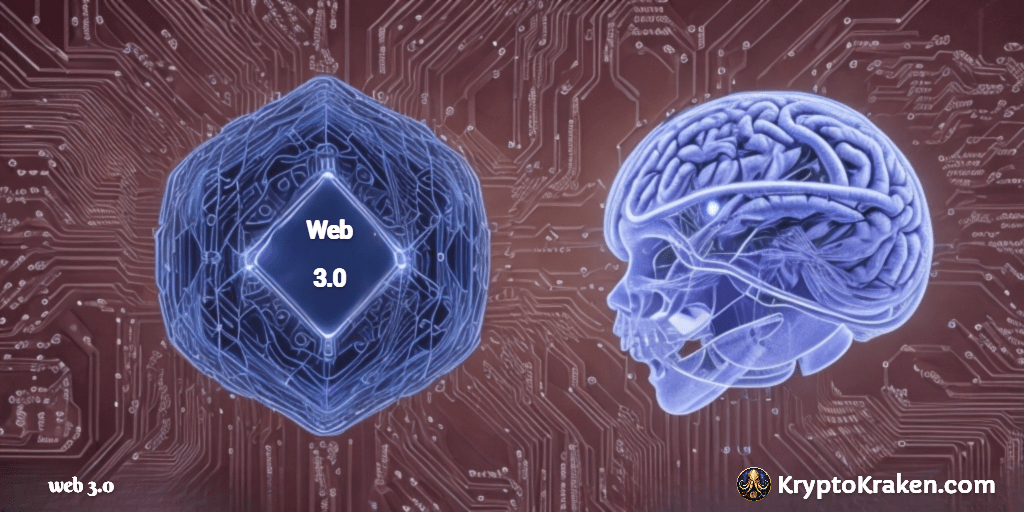
Artificial Intelligence and Web 3.0
Artificial Intelligence plays a pivotal role in shaping the landscape of Web 3.0. By leveraging AI algorithms, web applications can analyze vast amounts of data, learn user preferences, and provide tailored experiences. With the integration of AI, Web 3.0 aims to deliver predictive and proactive functionalities, anticipating user needs and streamlining their online experiences.
Moreover, AI-powered chatbots and virtual assistants are increasingly becoming commonplace in Web 3.0, enhancing user interactions and customer support across various digital platforms. These intelligent virtual agents can offer personalized recommendations, answer queries, and facilitate seamless transactions, thereby revolutionizing the way individuals interact with online services. If you would like to know more about Web 3.0 and Artificial Intelligence: The Future of Tech Is a great article.
The Role of Blockchain in Web 3.0
Blockchain technology, best known for underpinning cryptocurrencies like Bitcoin, has gained widespread acclaim for its potential to disrupt traditional systems and establish trust in the digital realm. In the context of Web 3.0, blockchain holds immense promise as a decentralized and transparent infrastructure.
By leveraging blockchain, Web 3.0 aims to overcome the challenges of centralized control and data manipulation. It empowers users by granting them ownership and control over their data, enabling secure and private transactions, and reducing the need for intermediaries. This decentralized nature of Web 3.0 not only enhances security but also fosters greater inclusivity and eliminates single points of failure.
Key Features of Web 3.0
Web 3.0 encompasses several key features that set it apart from its predecessors.
Interoperability and Connectivity
Interoperability and connectivity are integral aspects of Web 3.0. It aspires to establish seamless integration and communication between various platforms and devices, enabling data exchange and collaboration on a global scale. By breaking down silos and enabling cross-platform compatibility, Web 3.0 unlocks new possibilities for innovation and efficiency.
User Empowerment and Participation
Web 3.0 places a strong emphasis on user empowerment and participation, building upon the foundation laid by Web 2.0. Users have greater control over their data, enabling them to share, monetize, and retain ownership over their digital assets. Additionally, Web 3.0 promotes collaborative decision-making and governance, allowing users to actively contribute to the development and evolution of digital ecosystems.
Enhanced Security and Privacy
Web 3.0 seeks to address the growing concerns surrounding online security and privacy. With the implementation of blockchain technology and advanced encryption protocols, individuals gain more control and assurance over their personal information. The decentralized nature of Web 3.0 mitigates the risks associated with centralized data breaches, providing a more secure environment for data storage and transactions. This article, 10 Things You Need to Know About Web 3.0 can shed a little light on the fascinating subject
The Impact of Web 3.0 on Various Industries
The advent of Web 3.0 holds immense potential and is expected to disrupt numerous industries, revolutionizing existing business models and practices.
Web 3.0 in E-commerce
Web 3.0’s impact on e-commerce is anticipated to be profound. With enhanced interoperability, users can seamlessly transition between various online marketplaces, eliminating the need for multiple accounts and passwords. Additionally, the integration of AI and machine learning facilitates personalized recommendations, improving customer experiences and driving sales.
The Influence of Web 3.0 on Social Media
Web 3.0’s impact on social media platforms is likely to transform the way individuals interact and engage online. By leveraging blockchain technology, users regain control over their personal data and are incentivized for their contributions to the platform. Furthermore, the decentralized nature of Web 3.0 mitigates censorship risks and ensures a more transparent and unbiased social media landscape.
Web 3.0 in Healthcare
The healthcare industry stands to benefit significantly from the implementation of Web 3.0. By leveraging AI algorithms and advanced data analytics, Web 3.0 can facilitate personalized medicine, streamline patient care, and promote preventative healthcare strategies. Moreover, the secure and decentralized nature of Web 3.0 can enhance data security and interoperability, ensuring seamless information exchange across healthcare providers. There are many far-reaching aspects illustrated in this article, Exploring the Applications of Artificial Intelligence in Web 3.0
In conclusion, Web 3.0 represents the next phase of the internet’s evolution, marked by enhanced intelligence, connectivity, and decentralization. With technologies like AI, blockchain, and the Semantic Web at its core, Web 3.0 holds immense promise for various industries, shaping the digital landscape and transforming traditional business models. As this paradigm shift unfolds, its impact is poised to be felt far and wide, revolutionizing the way we interact, transact, and navigate the digital realm.,



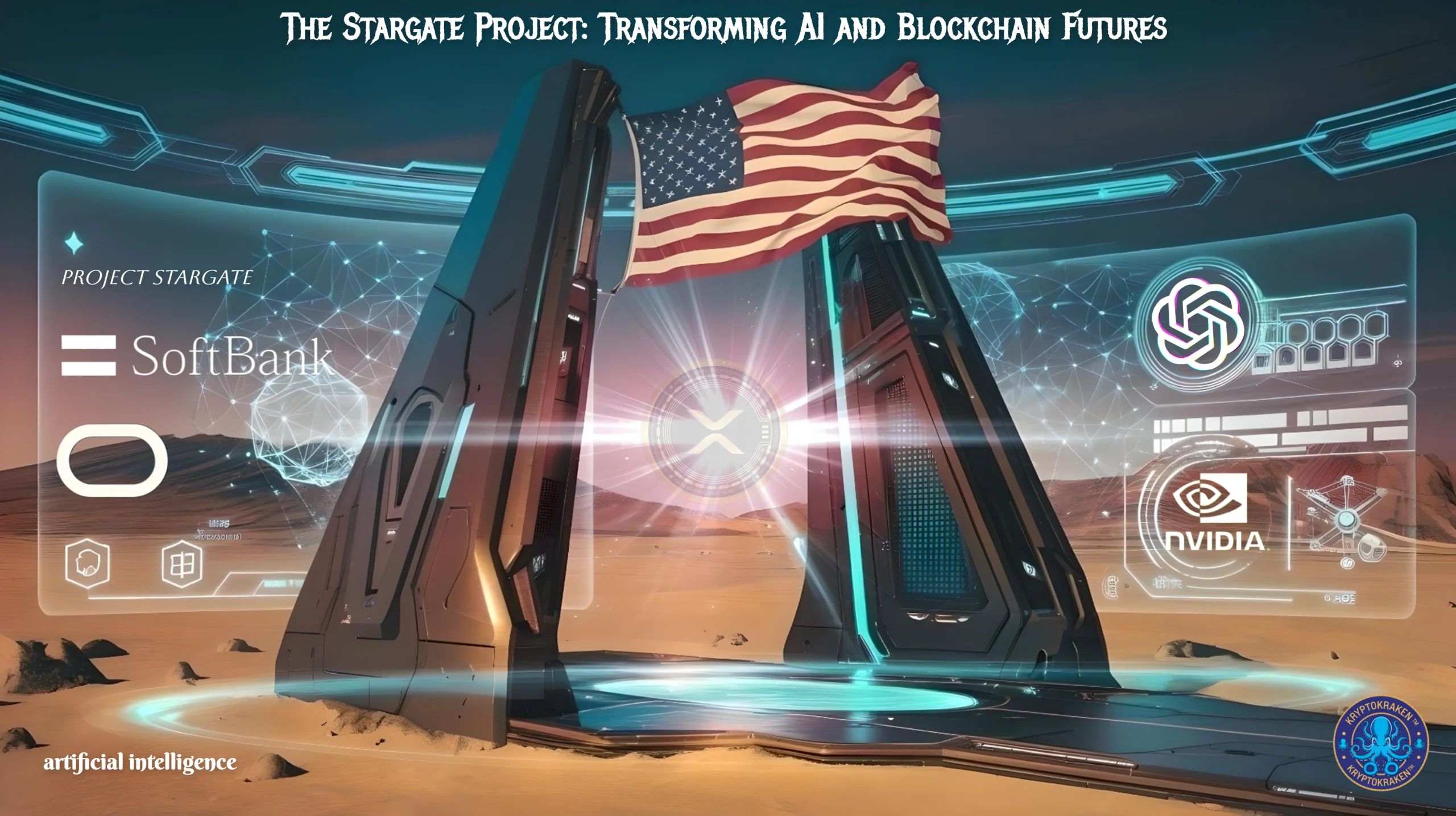
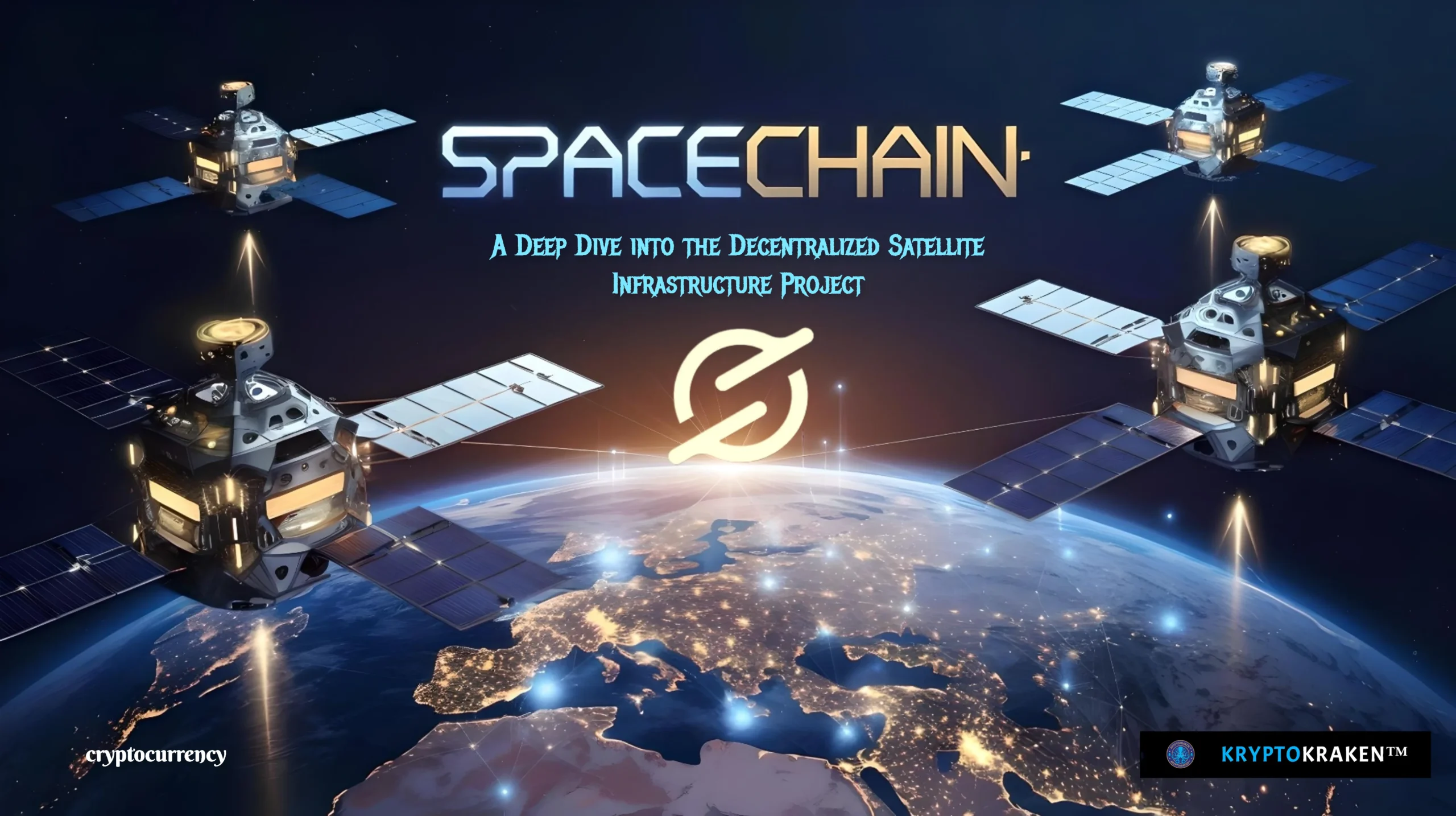


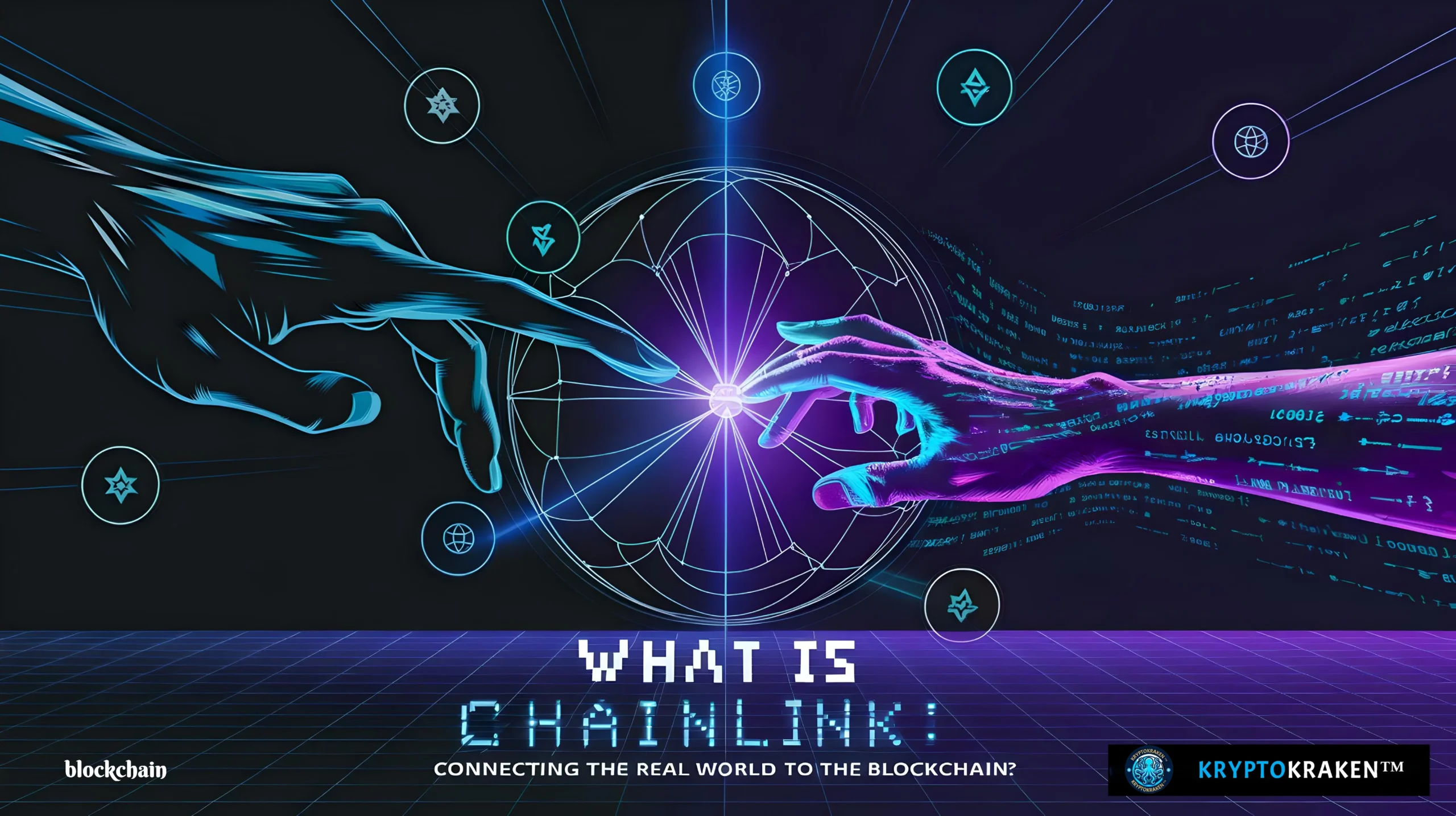
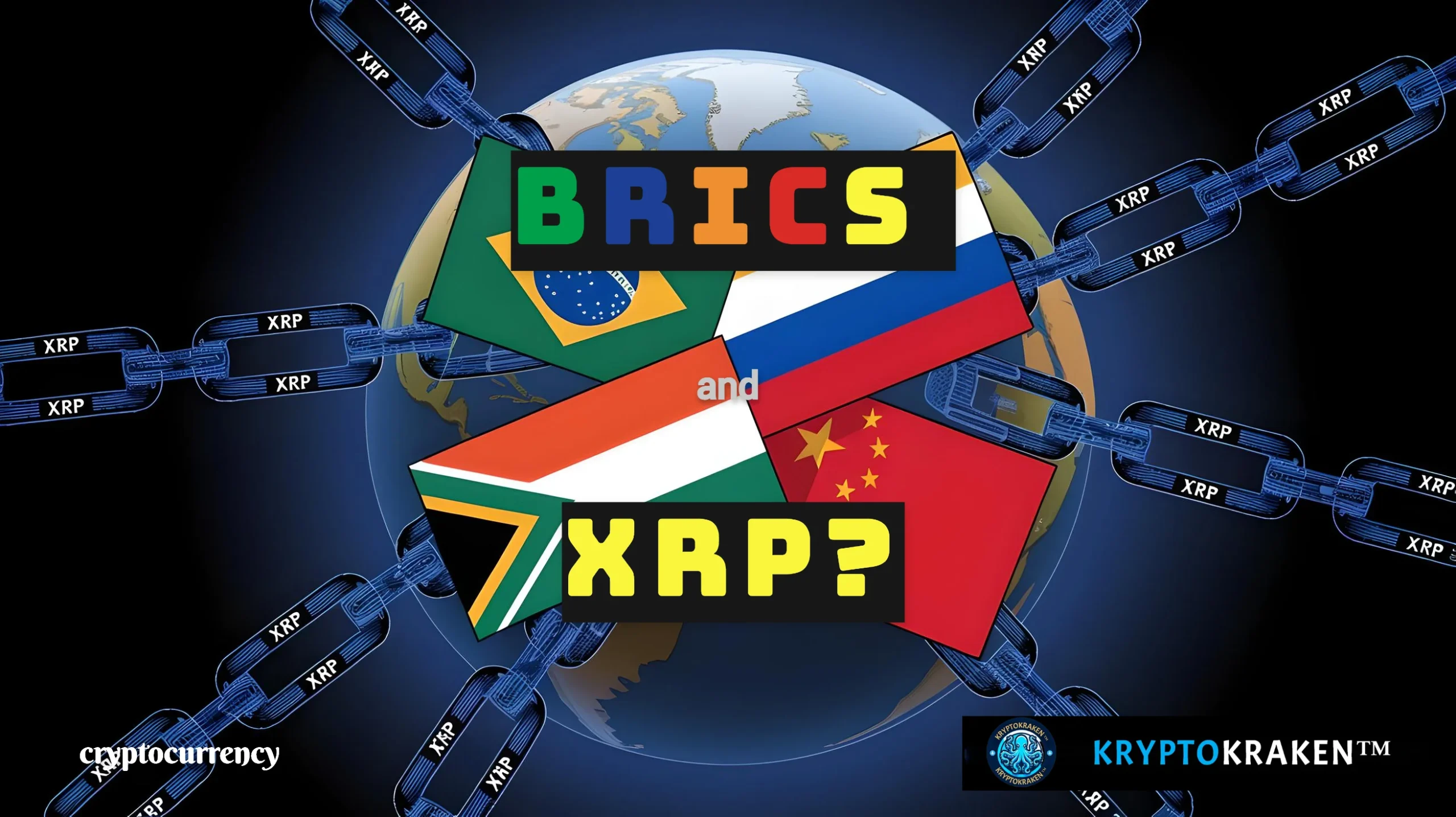

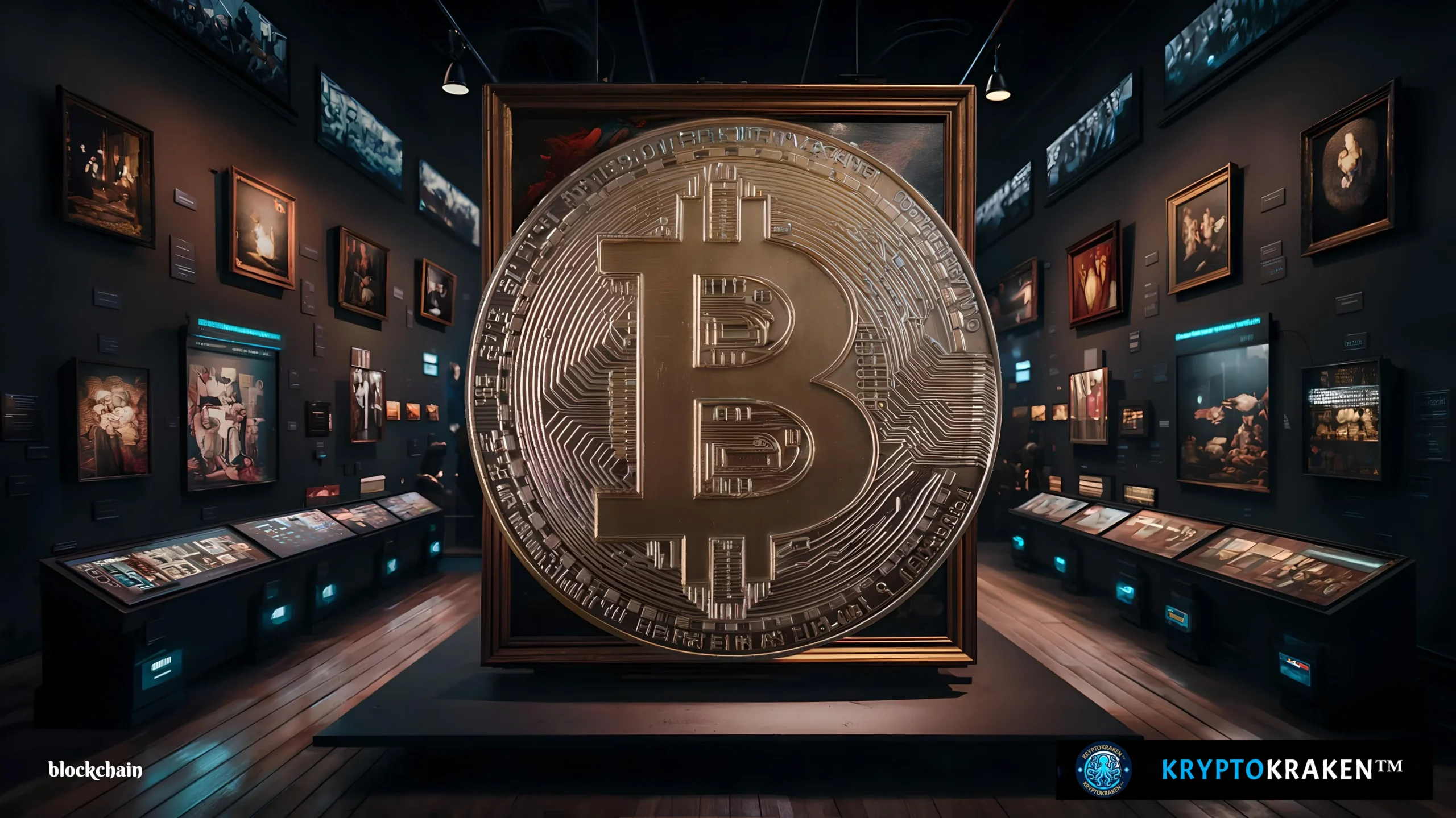

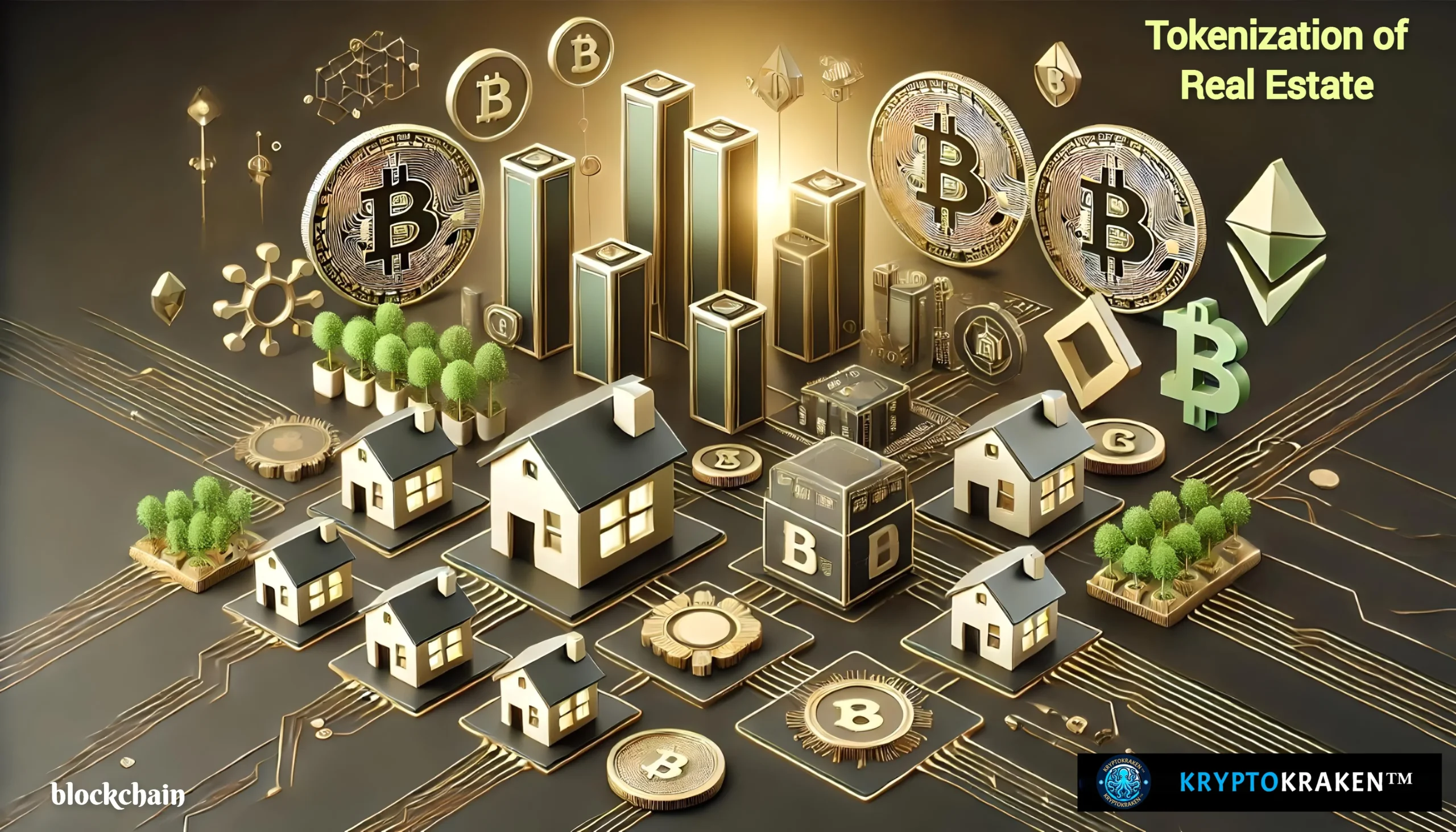

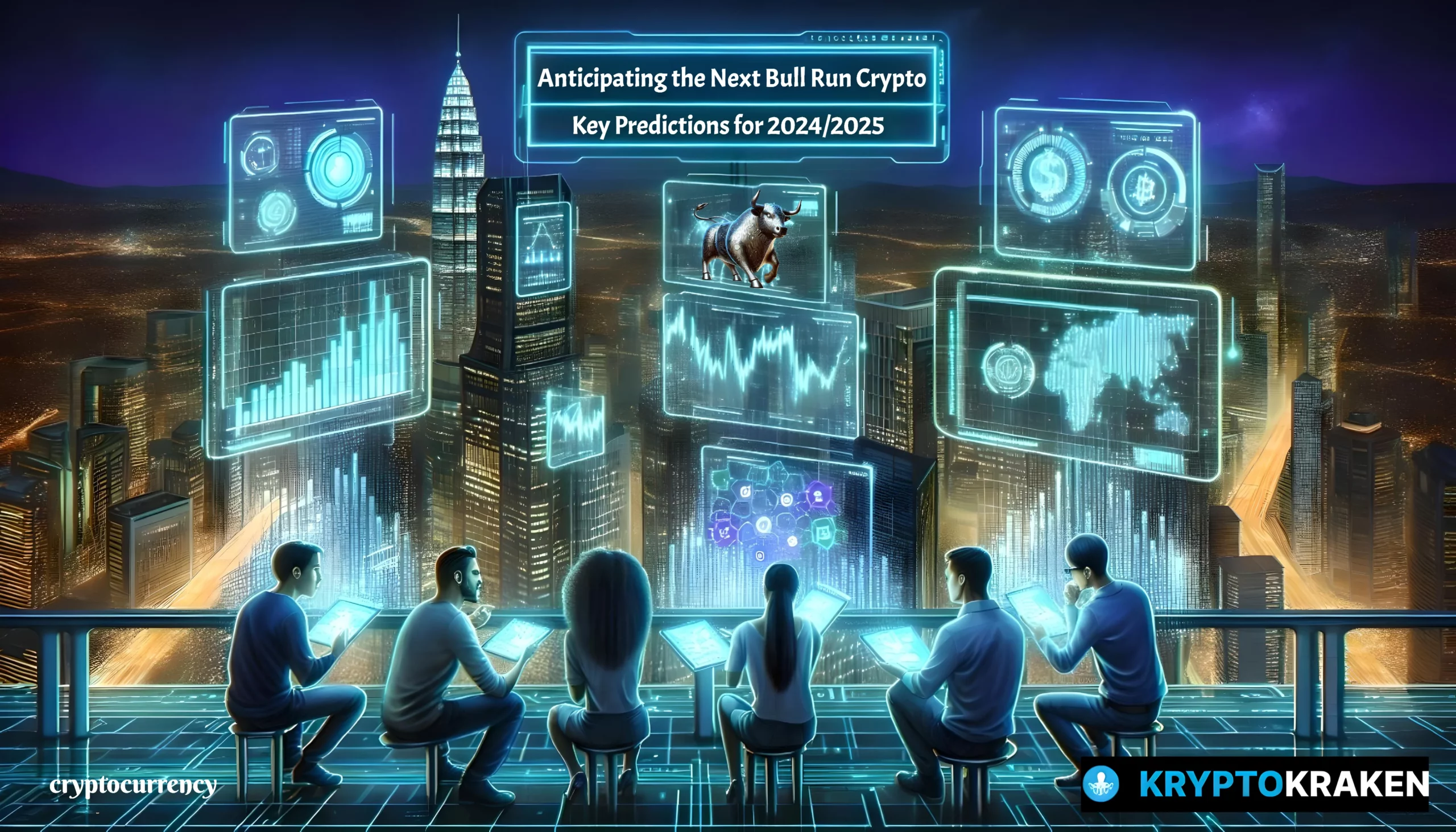
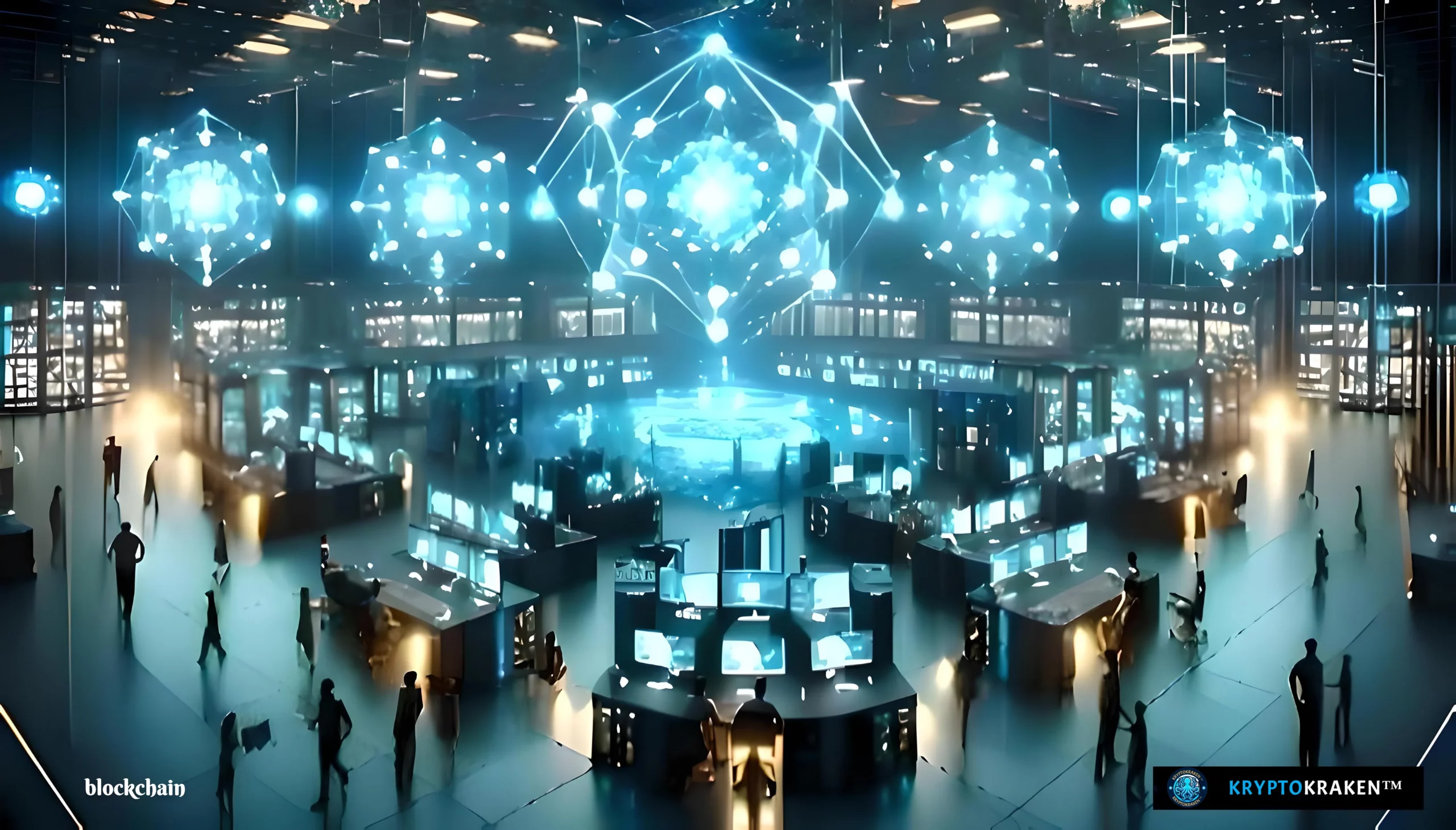


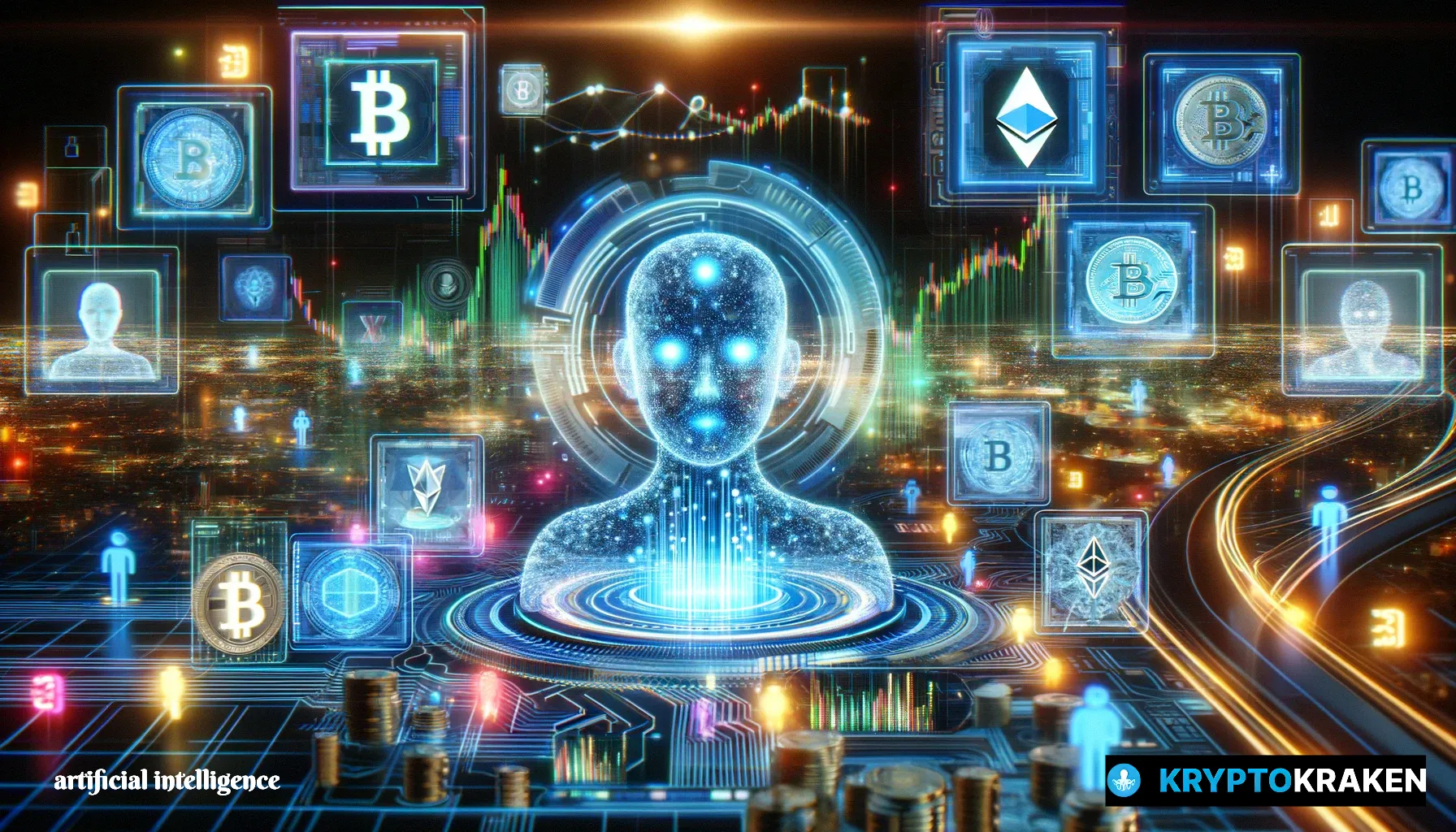
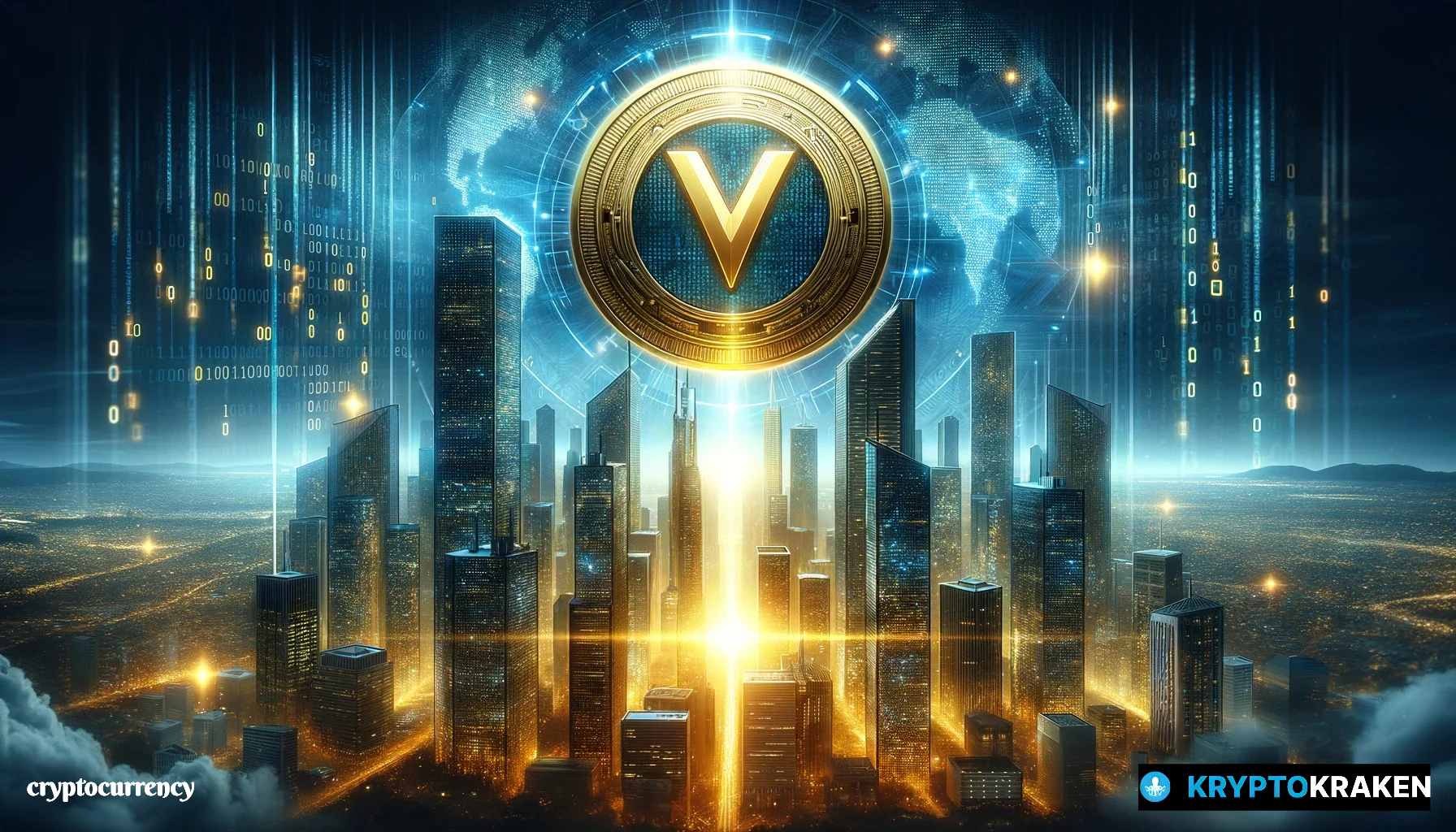
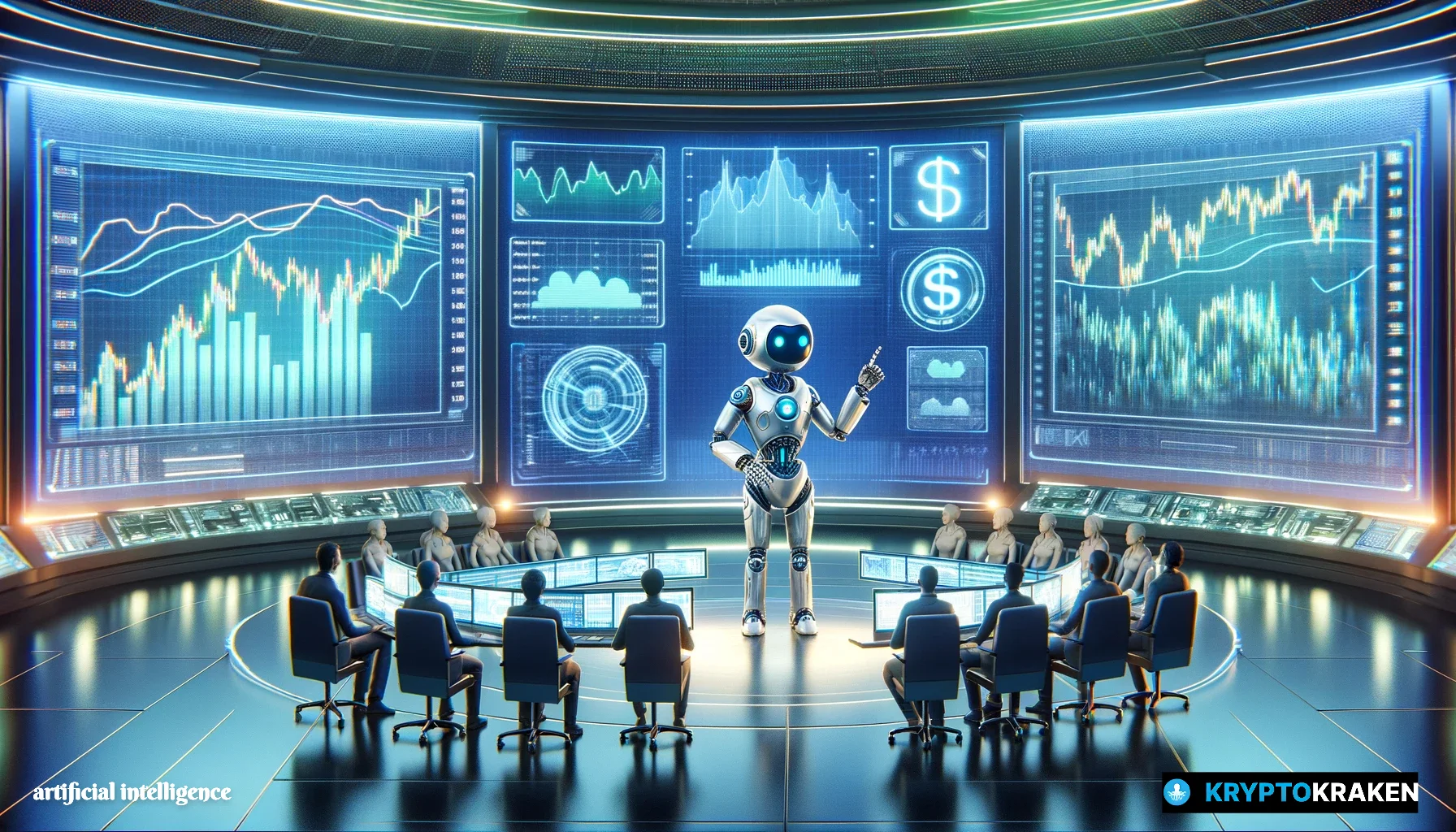

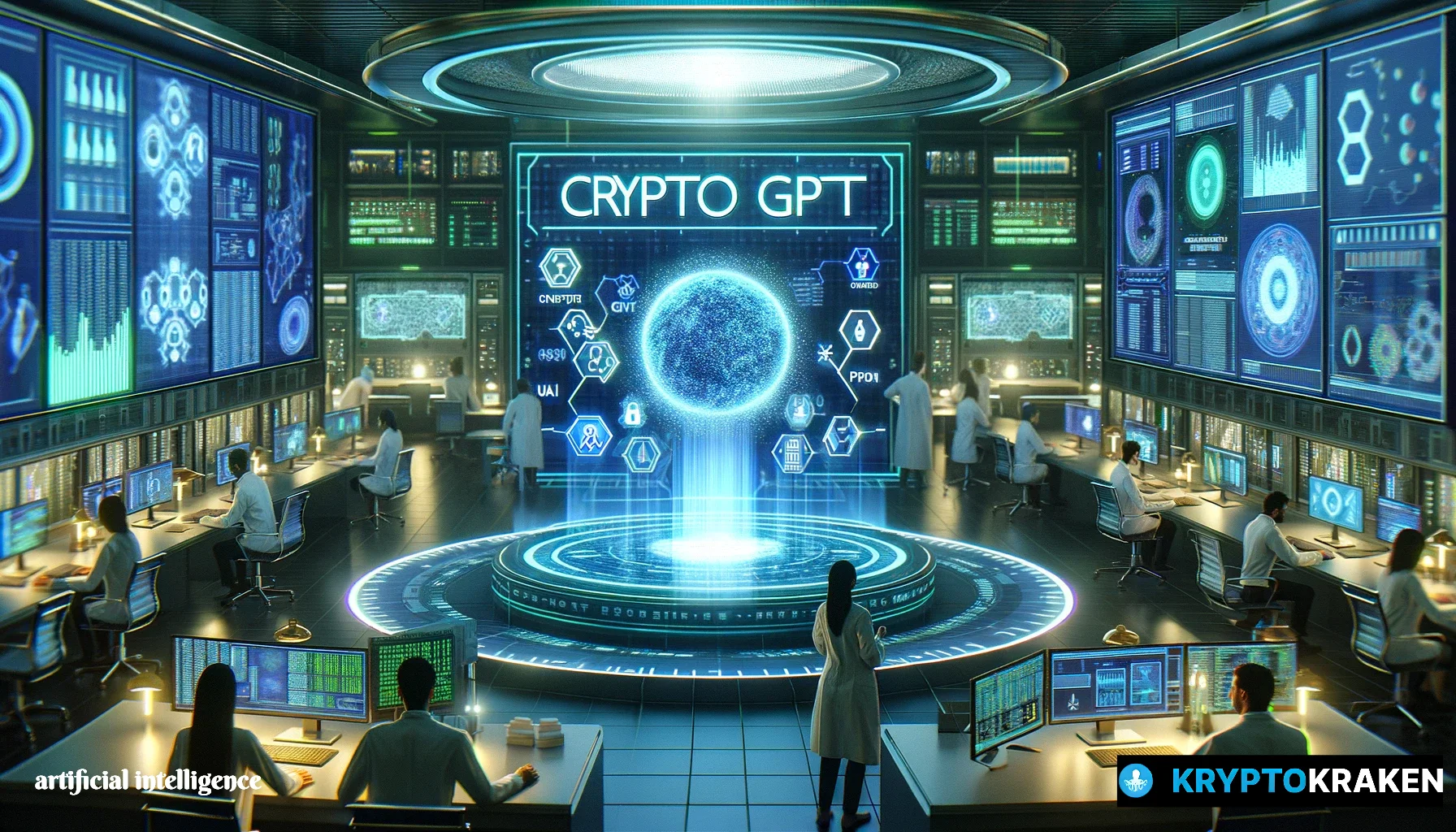
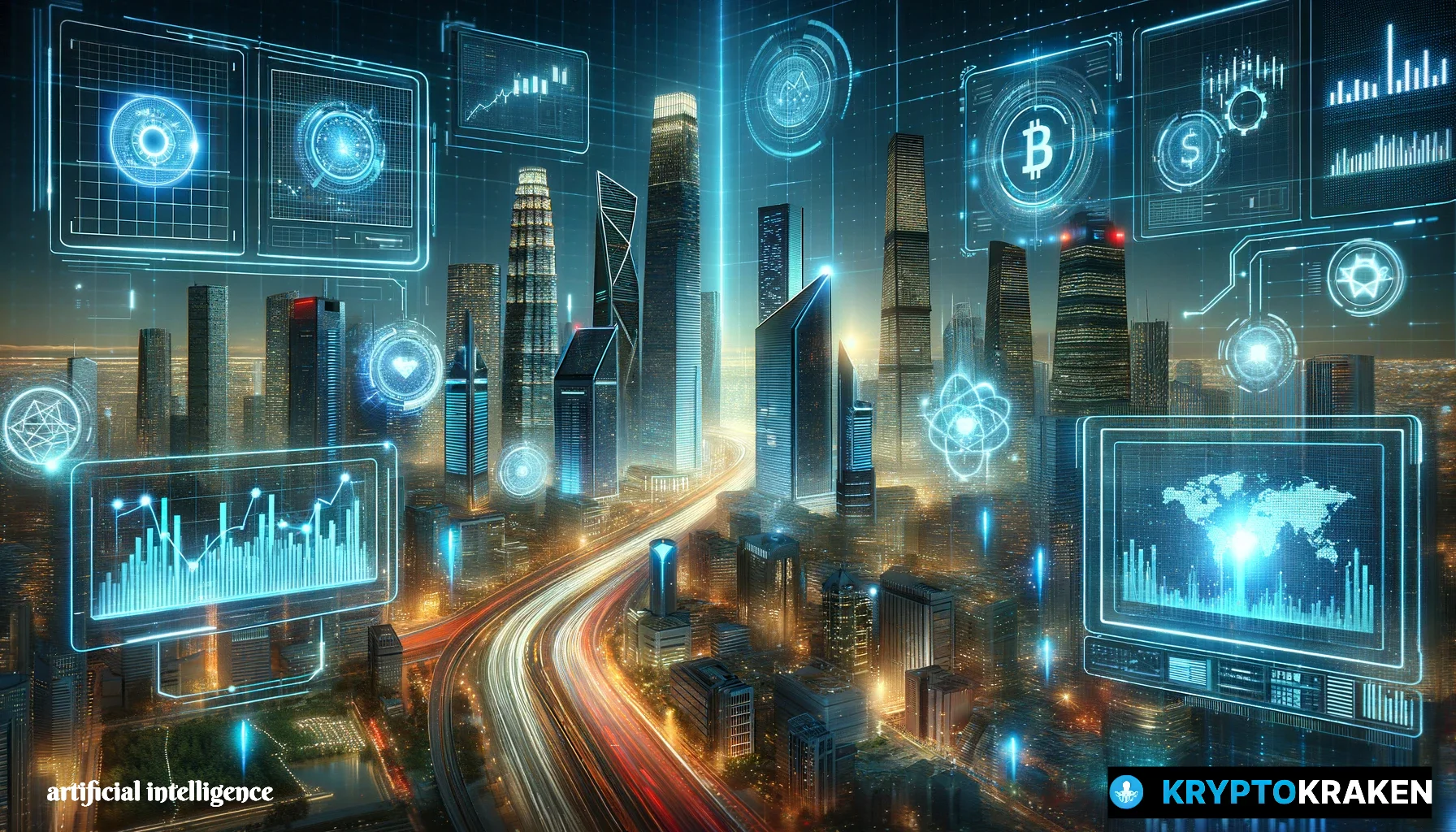
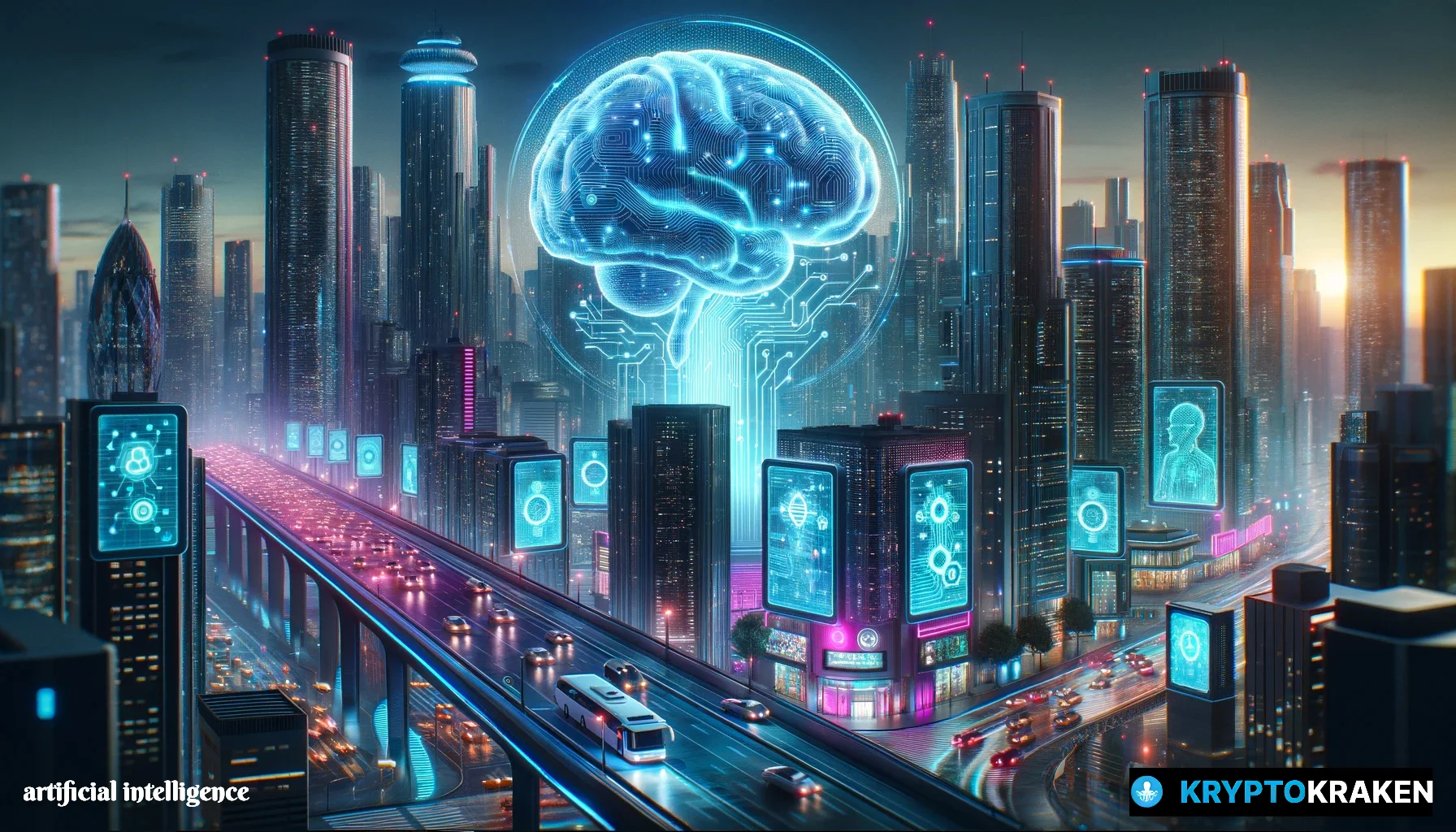
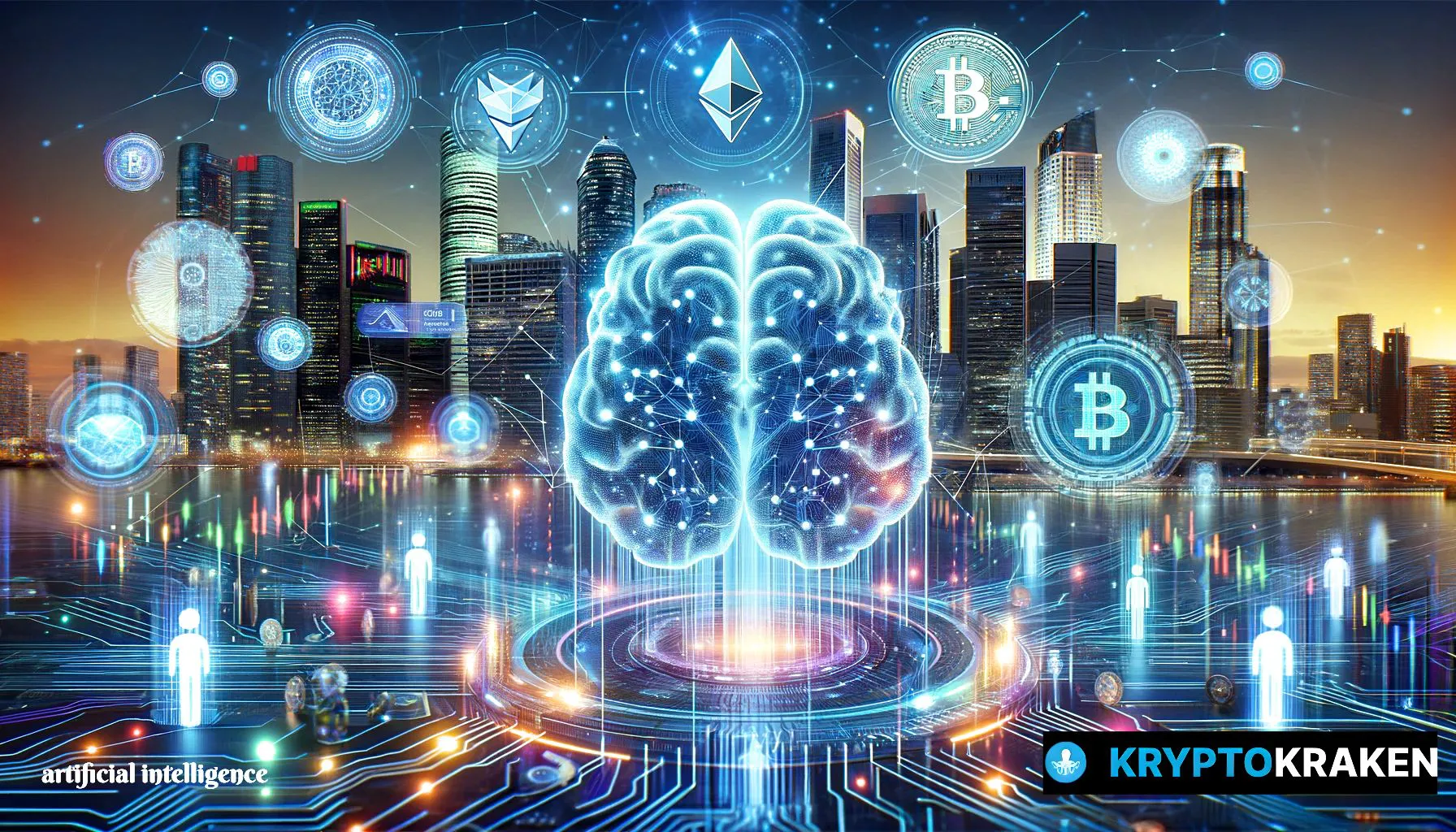
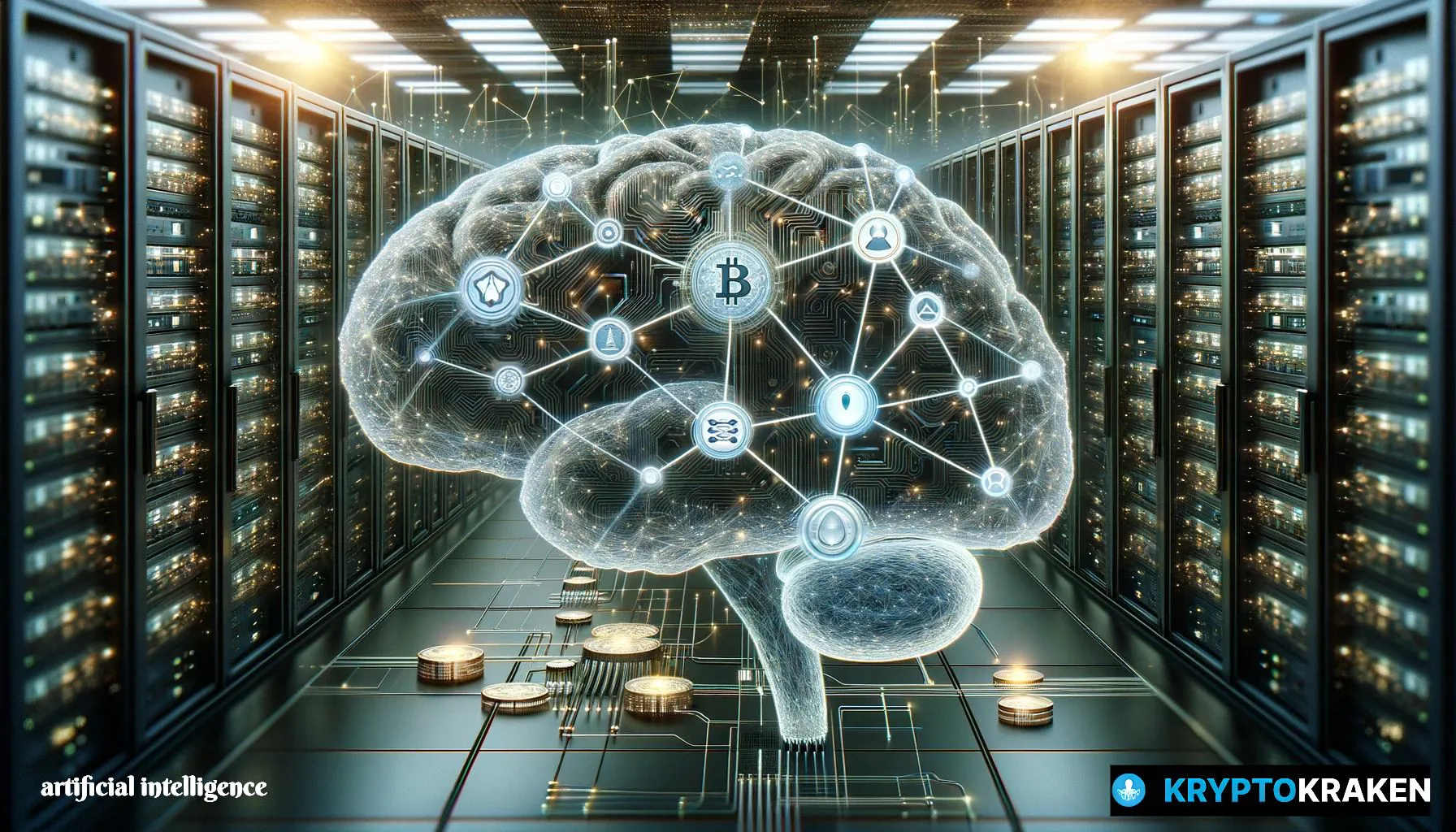

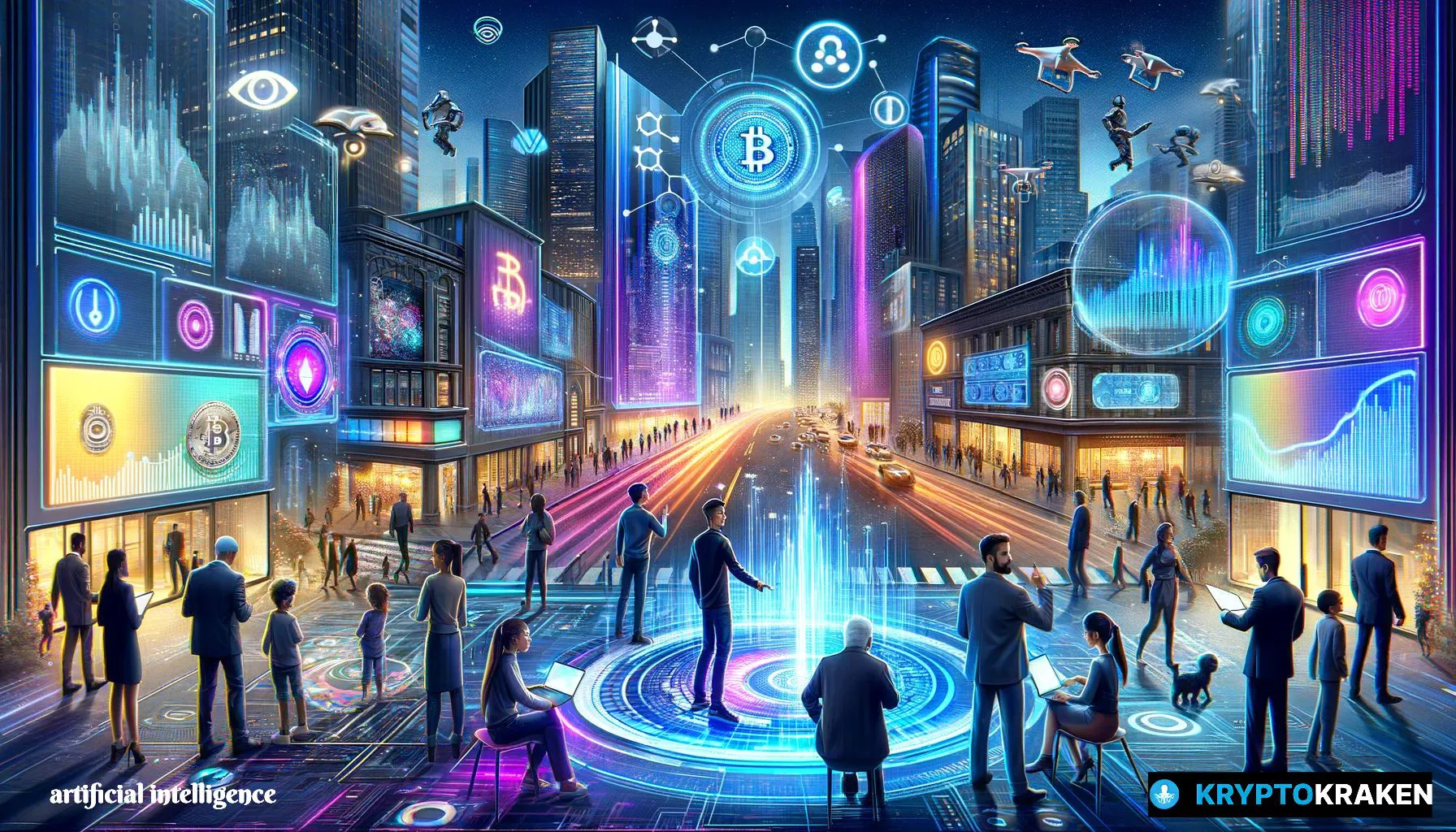
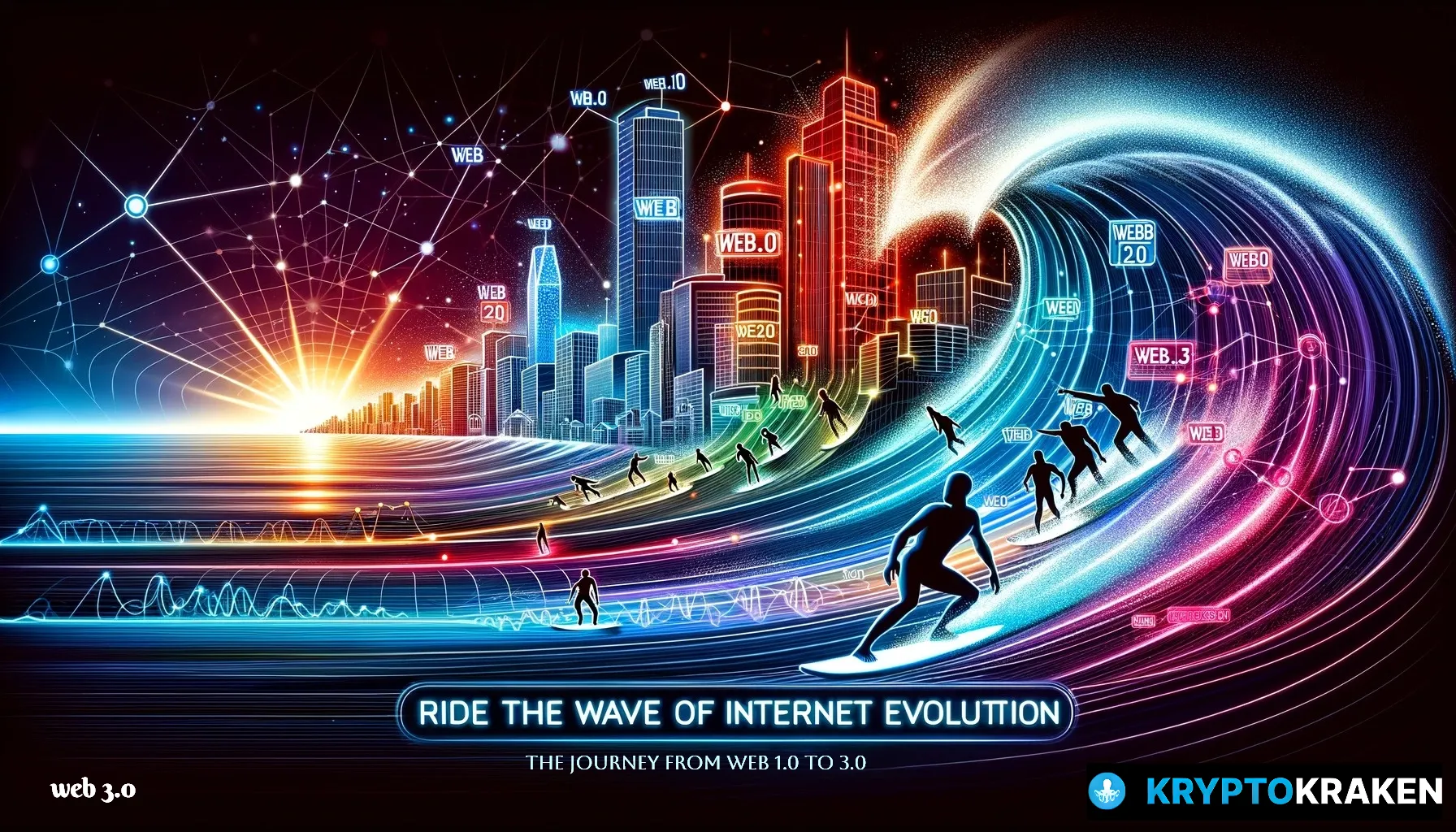

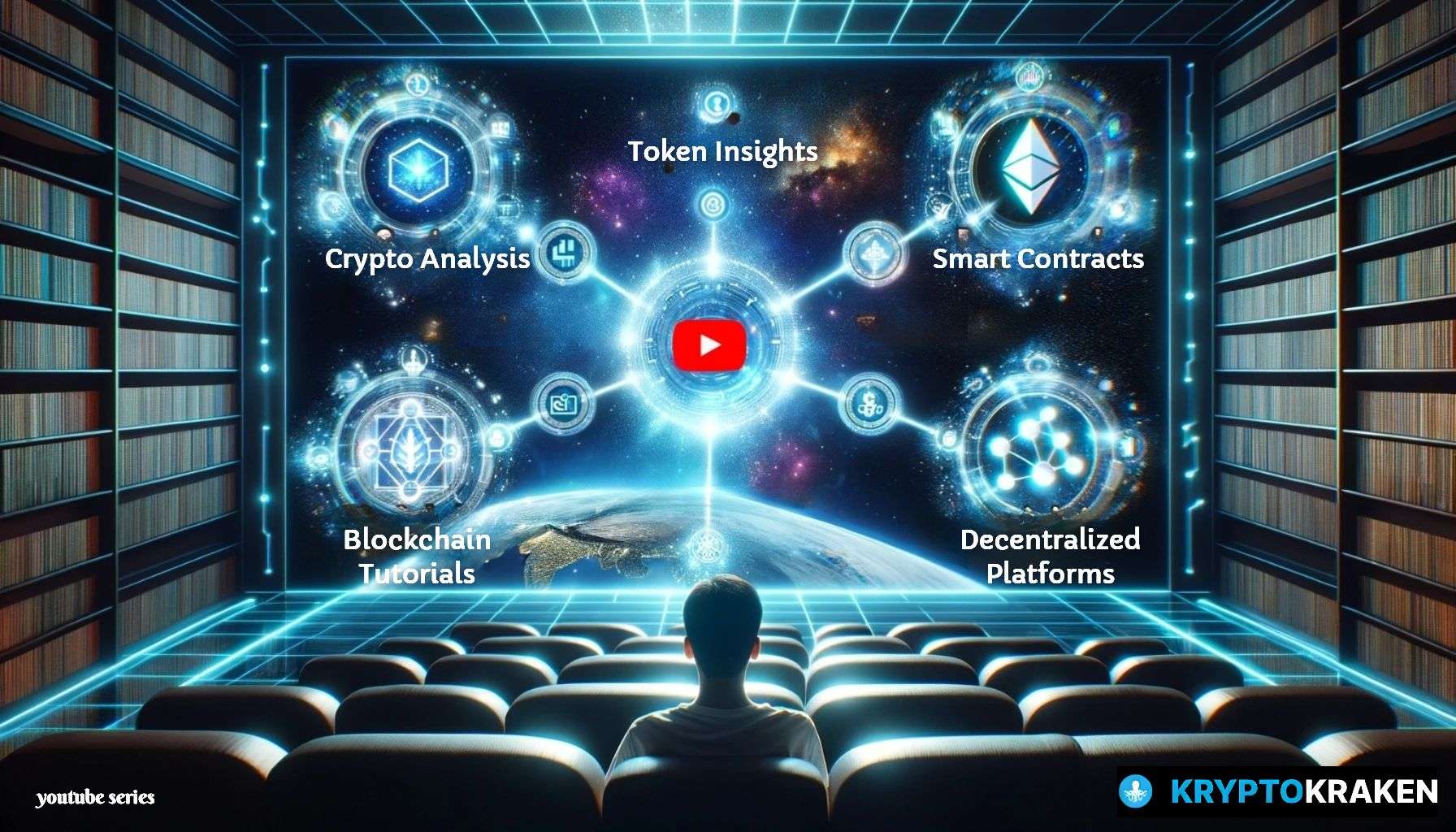
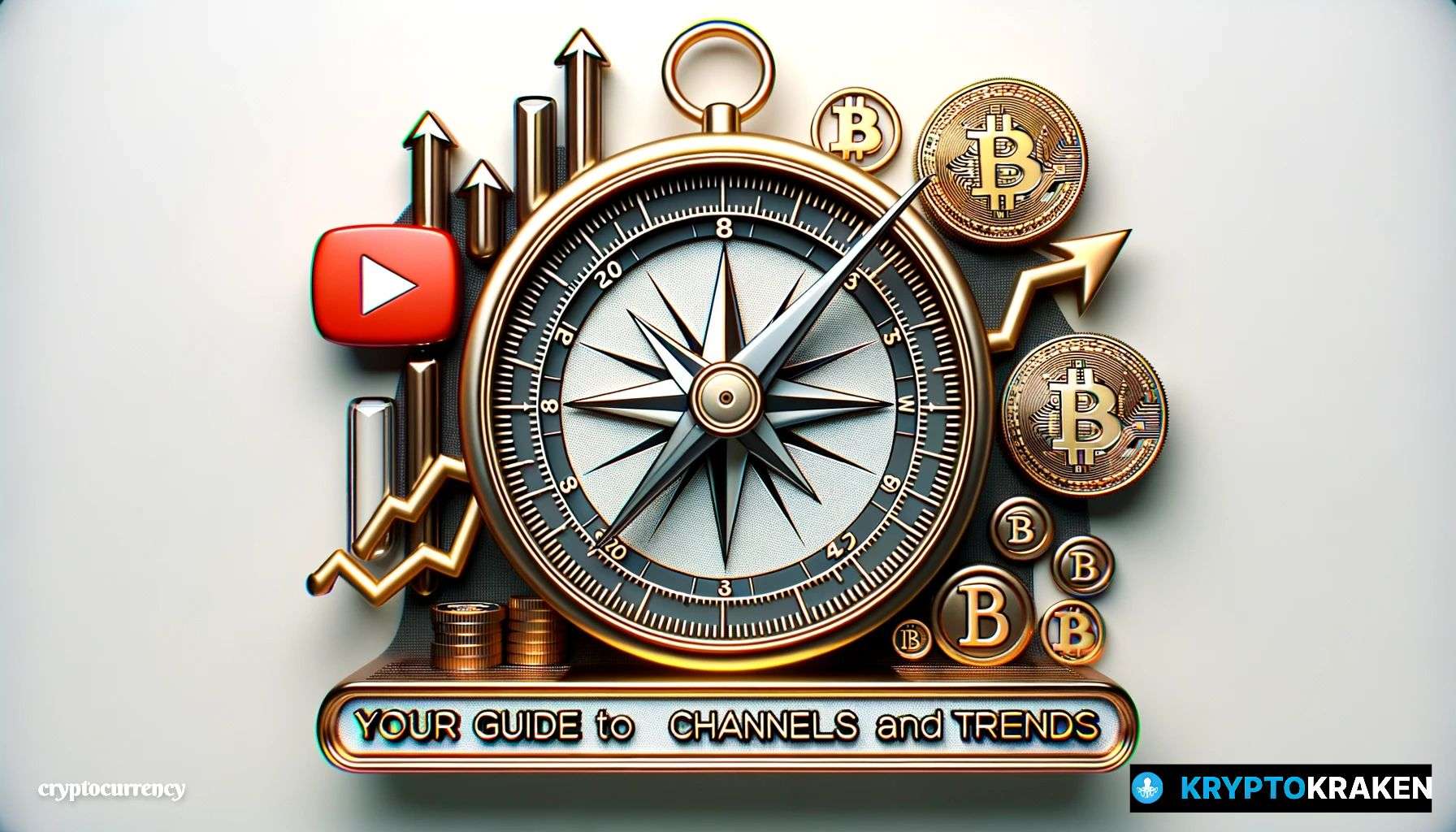


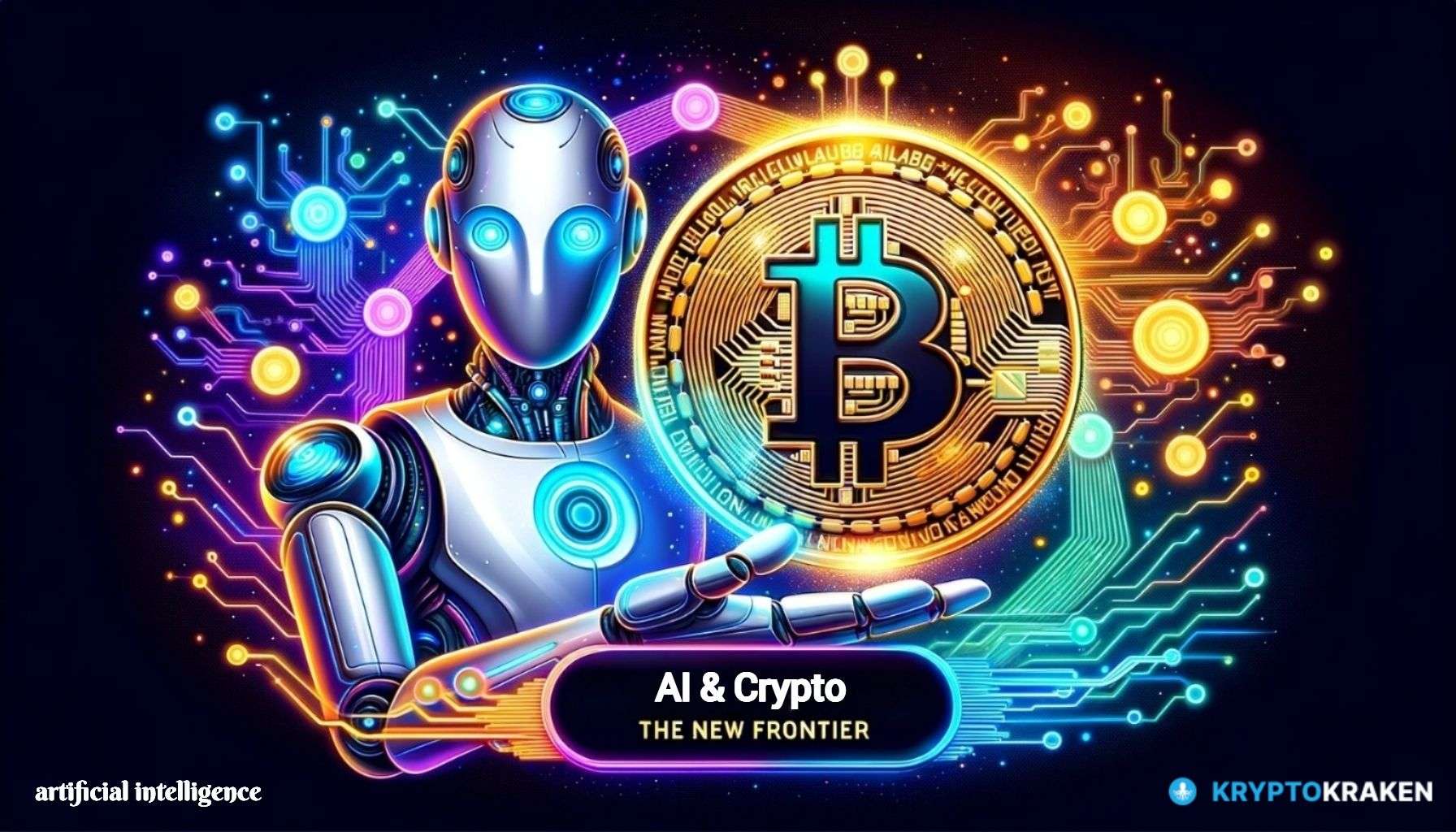

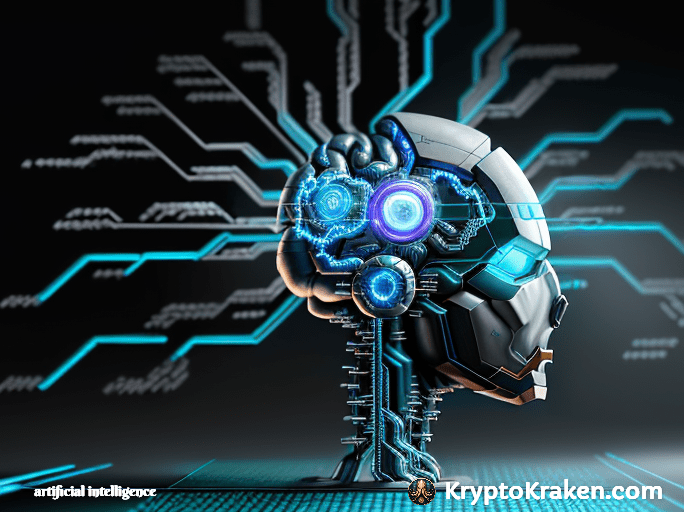
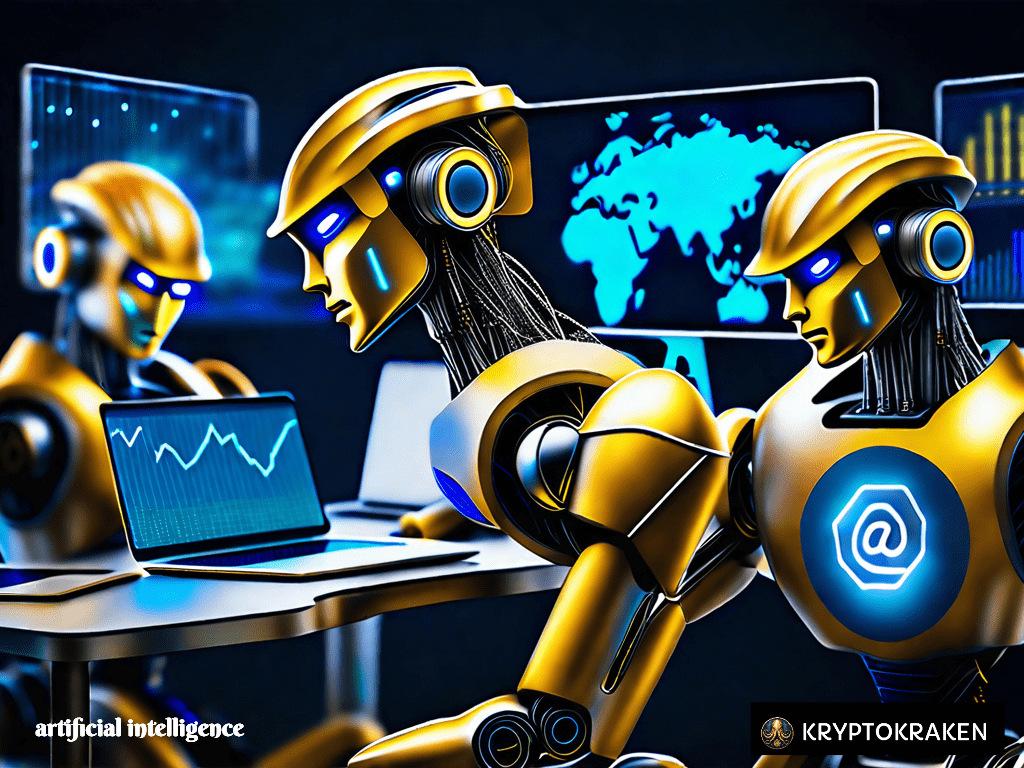
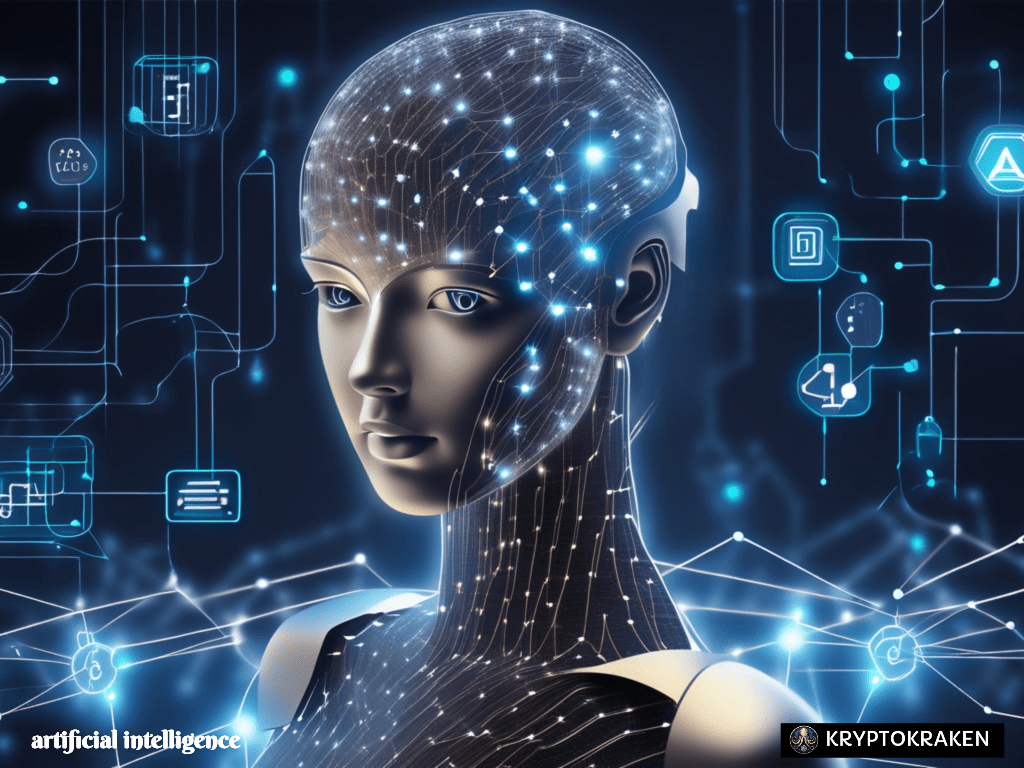
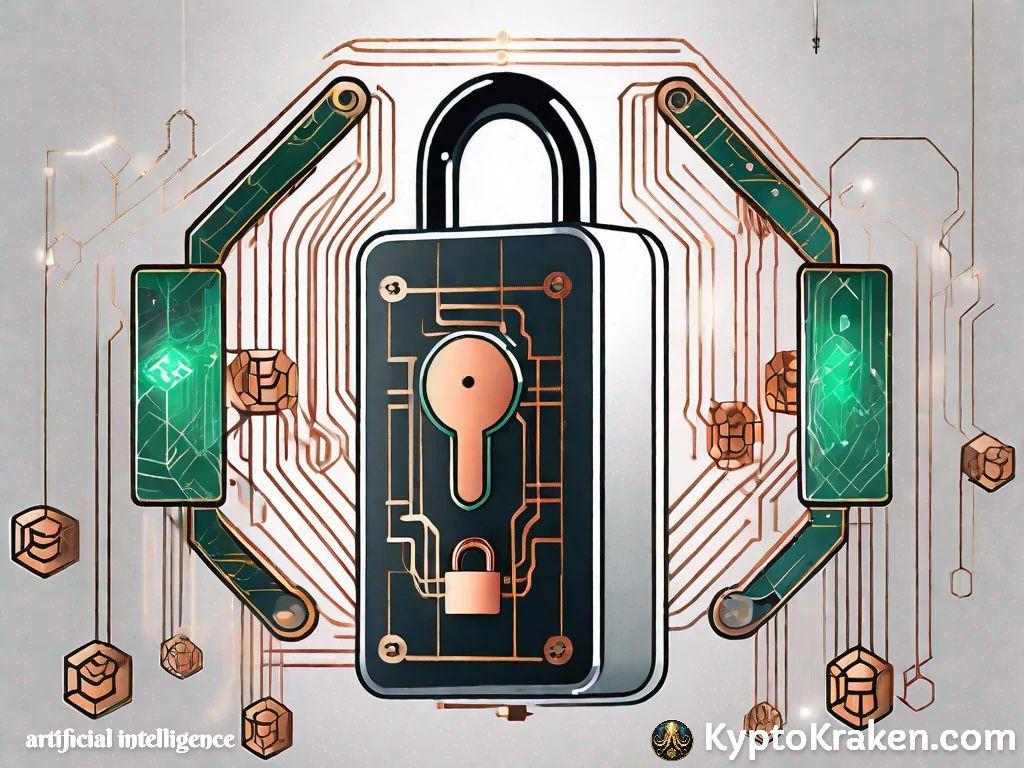
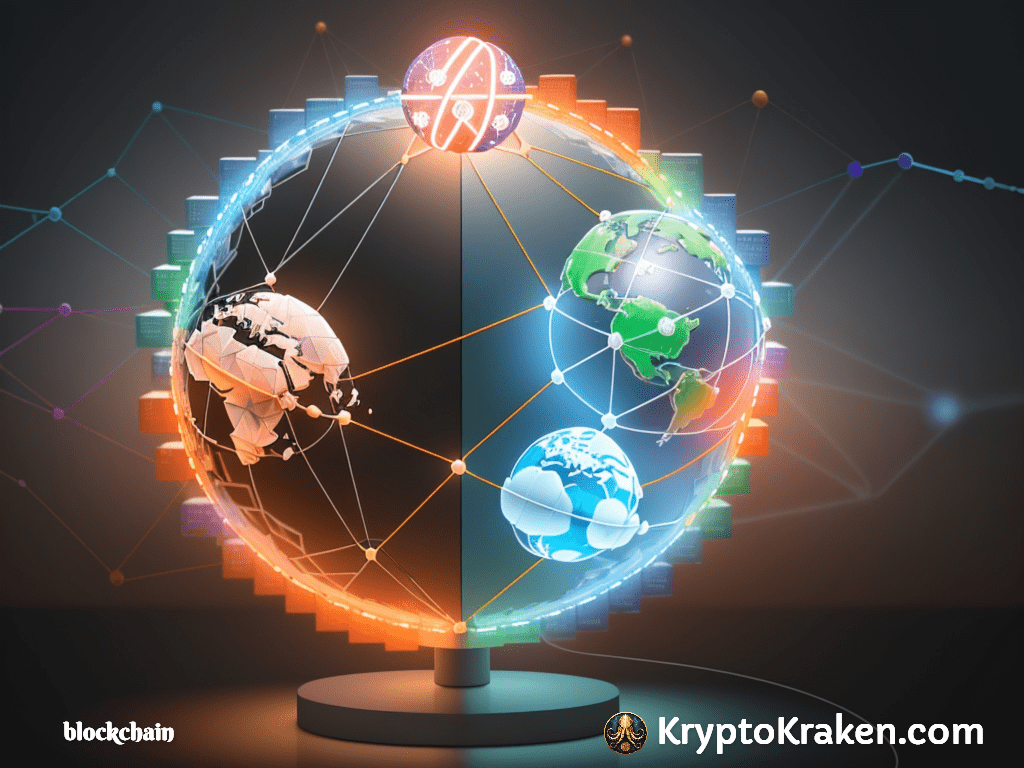
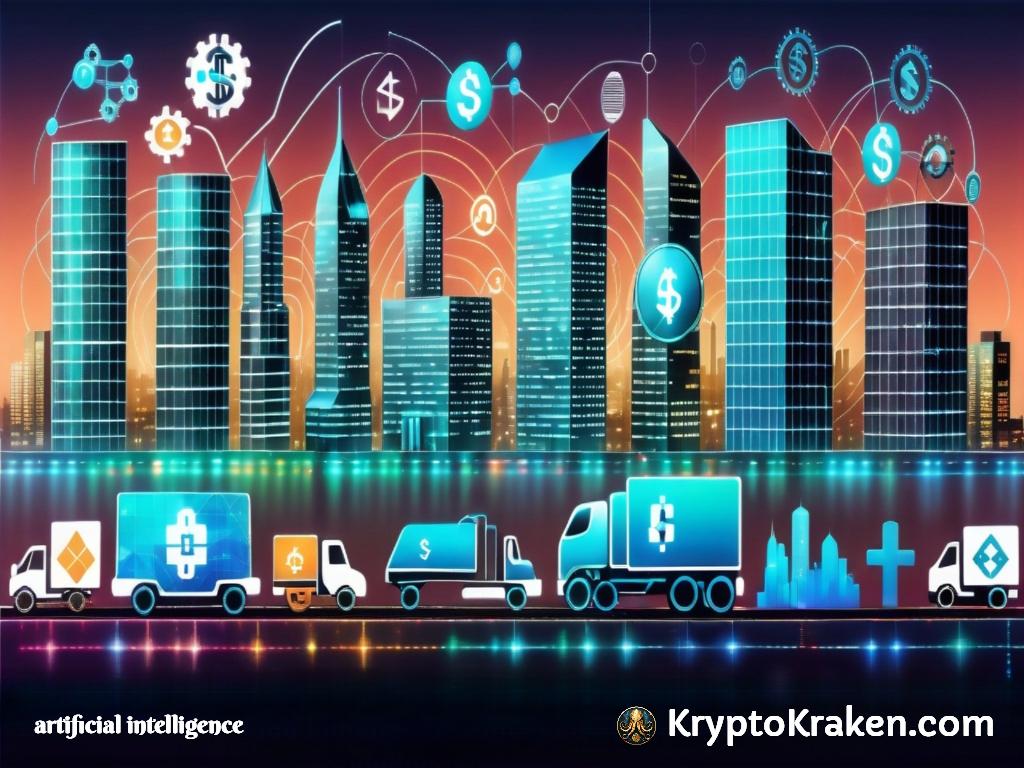
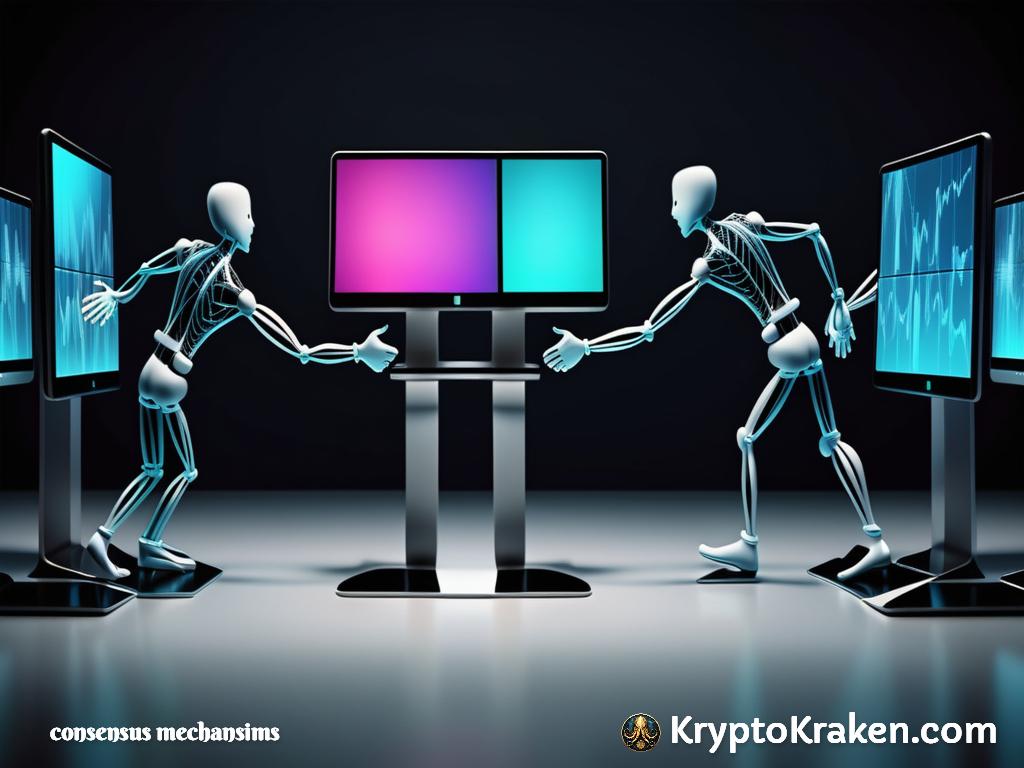

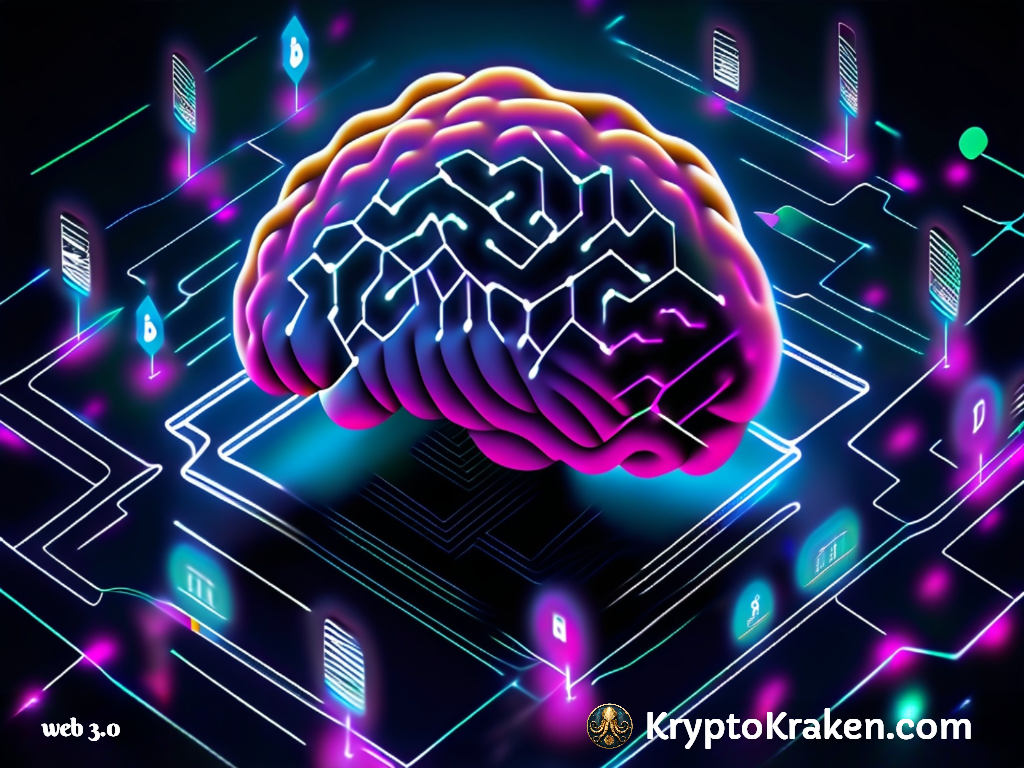
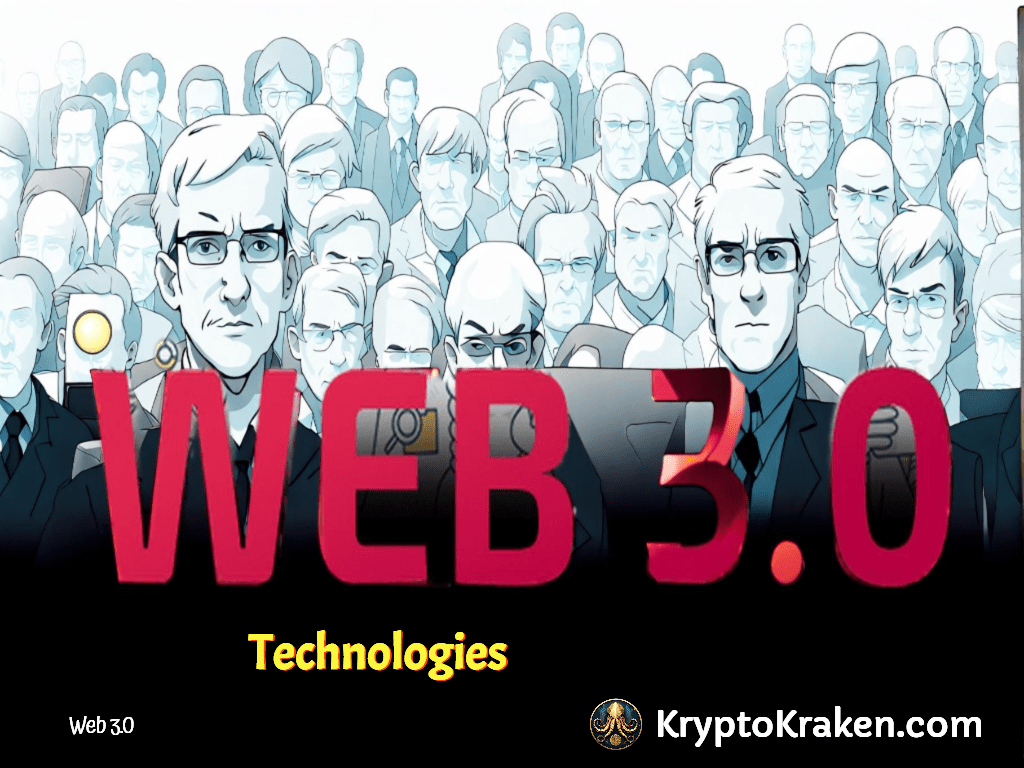

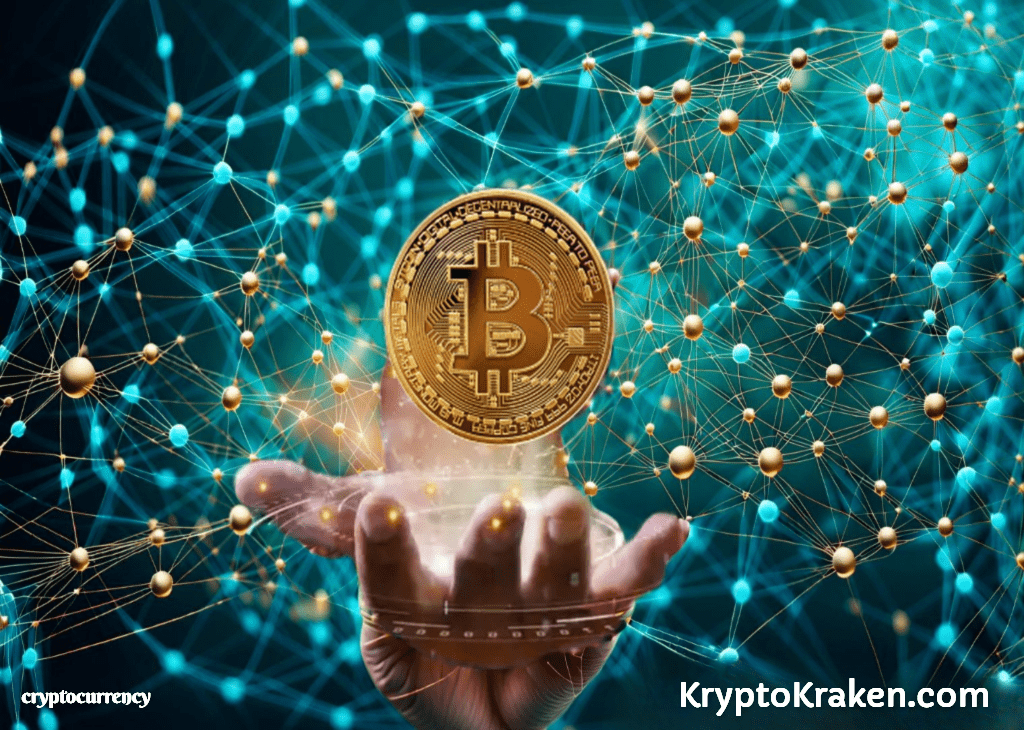
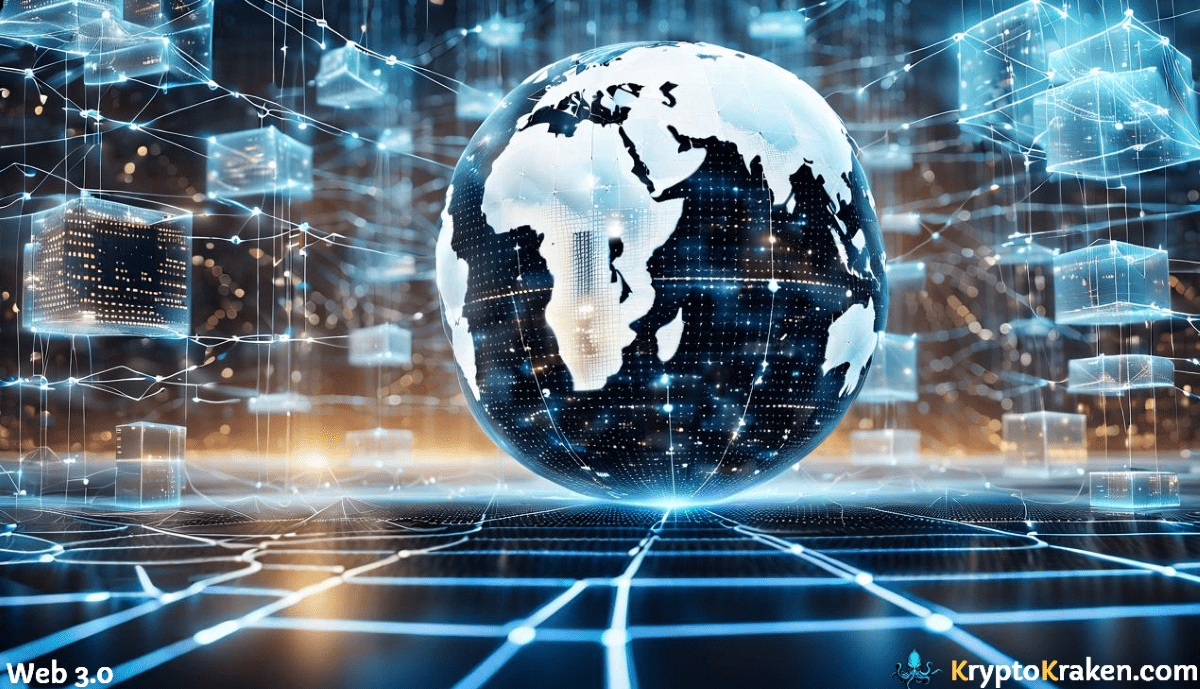

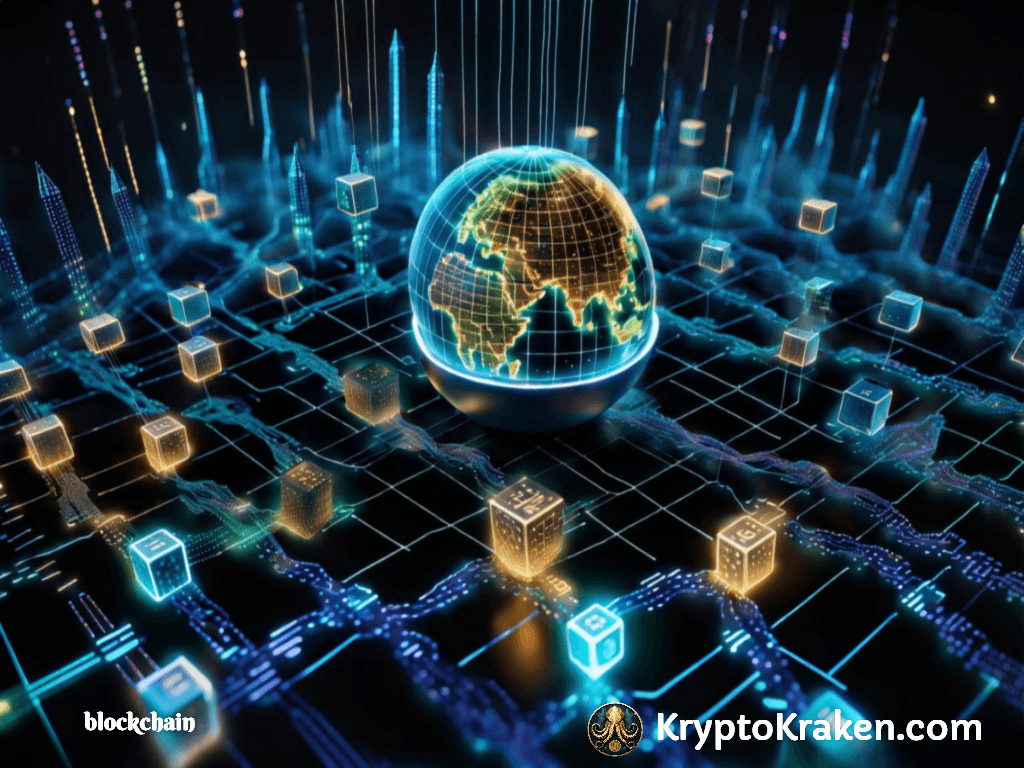


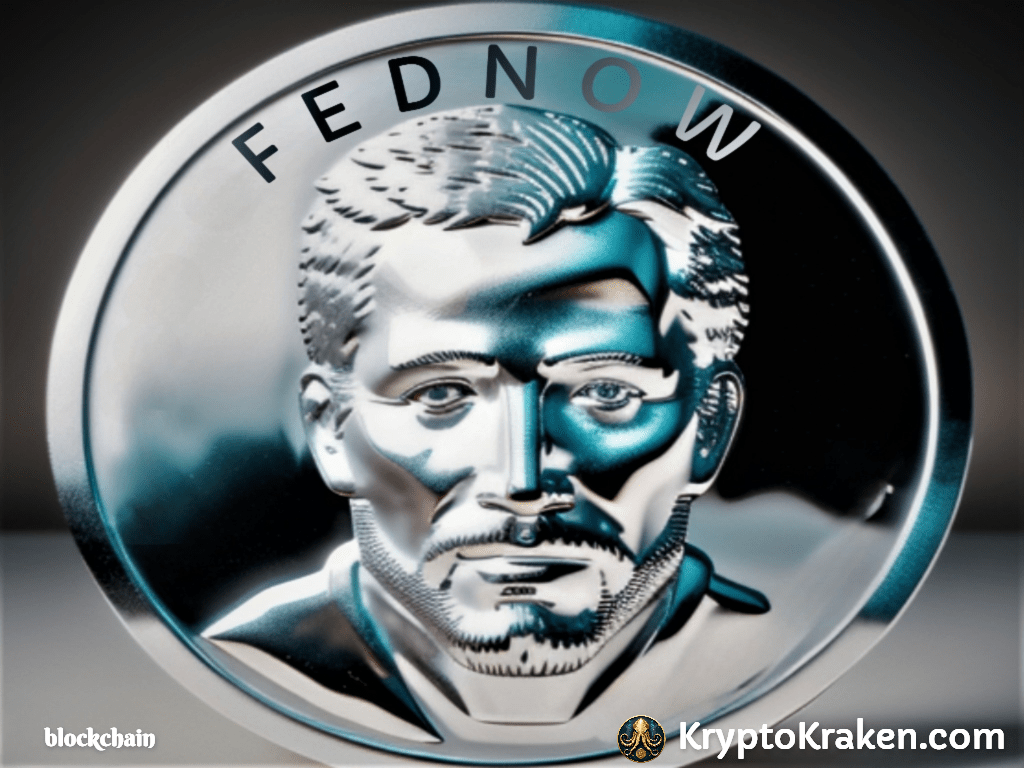


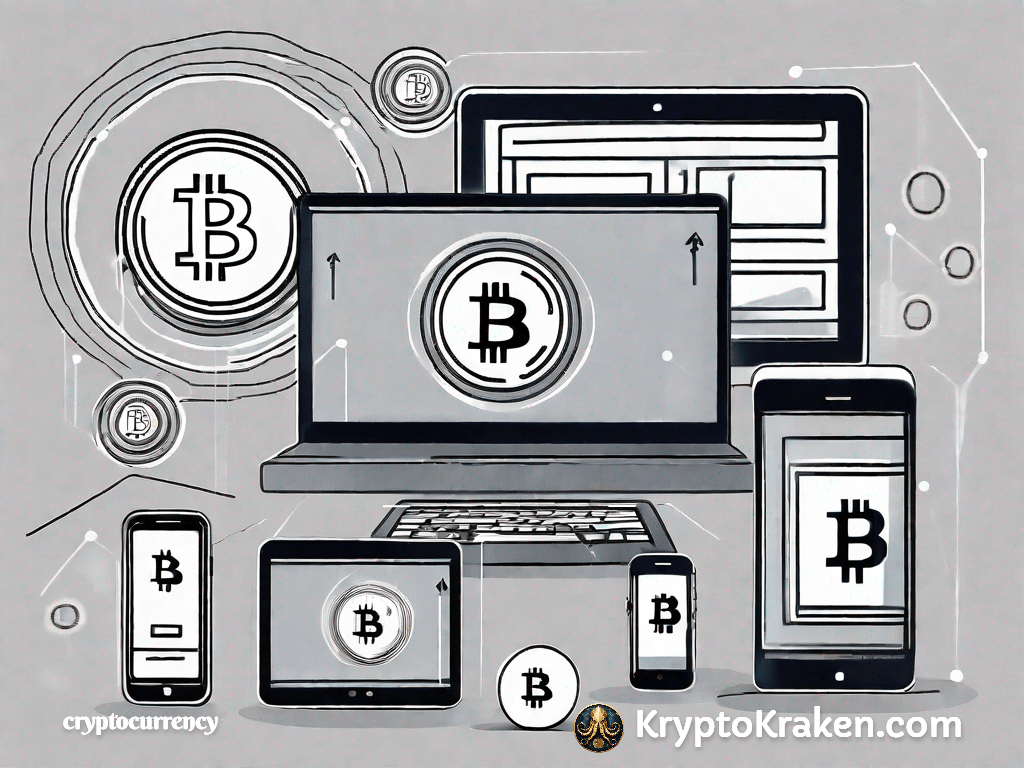
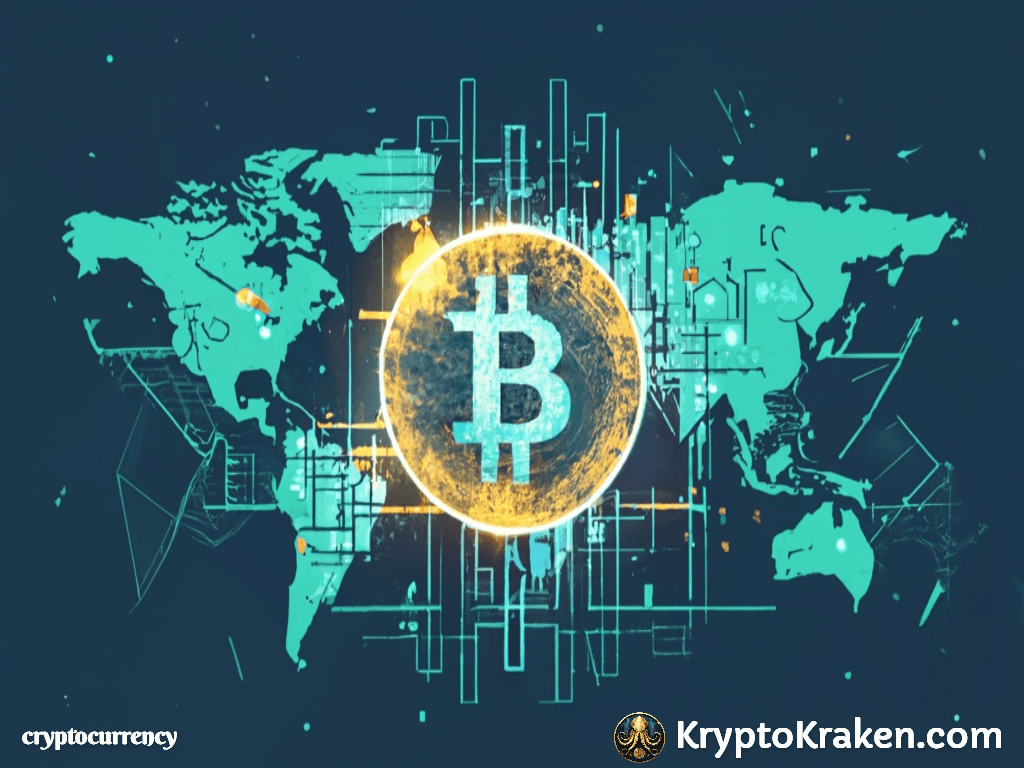



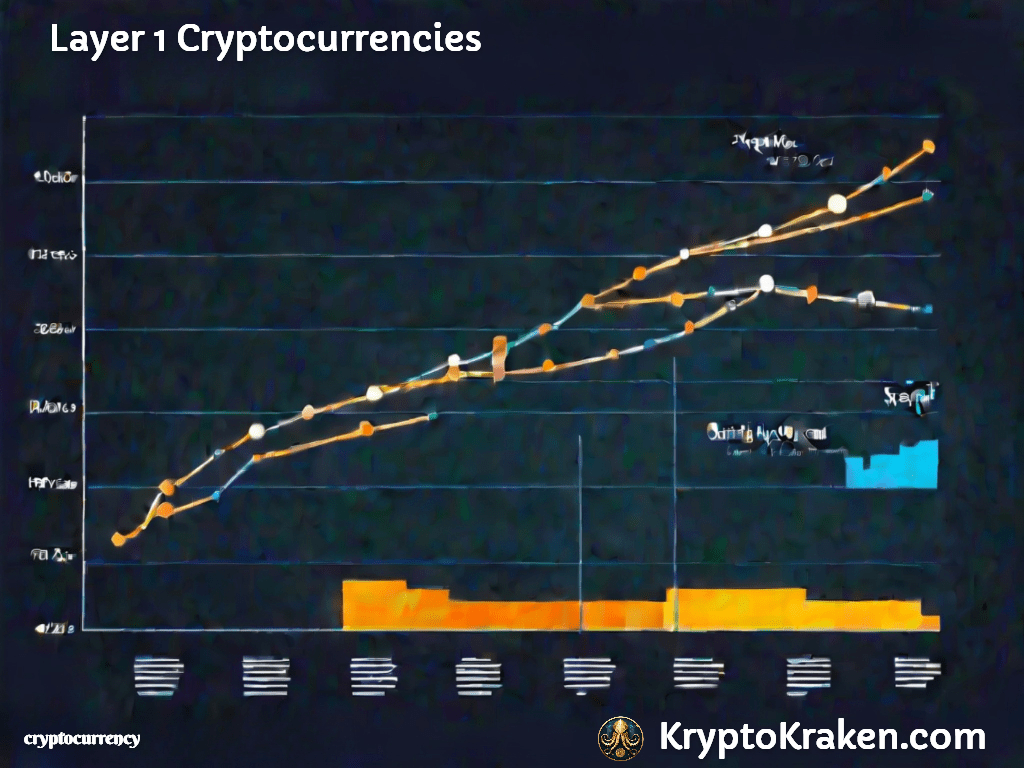


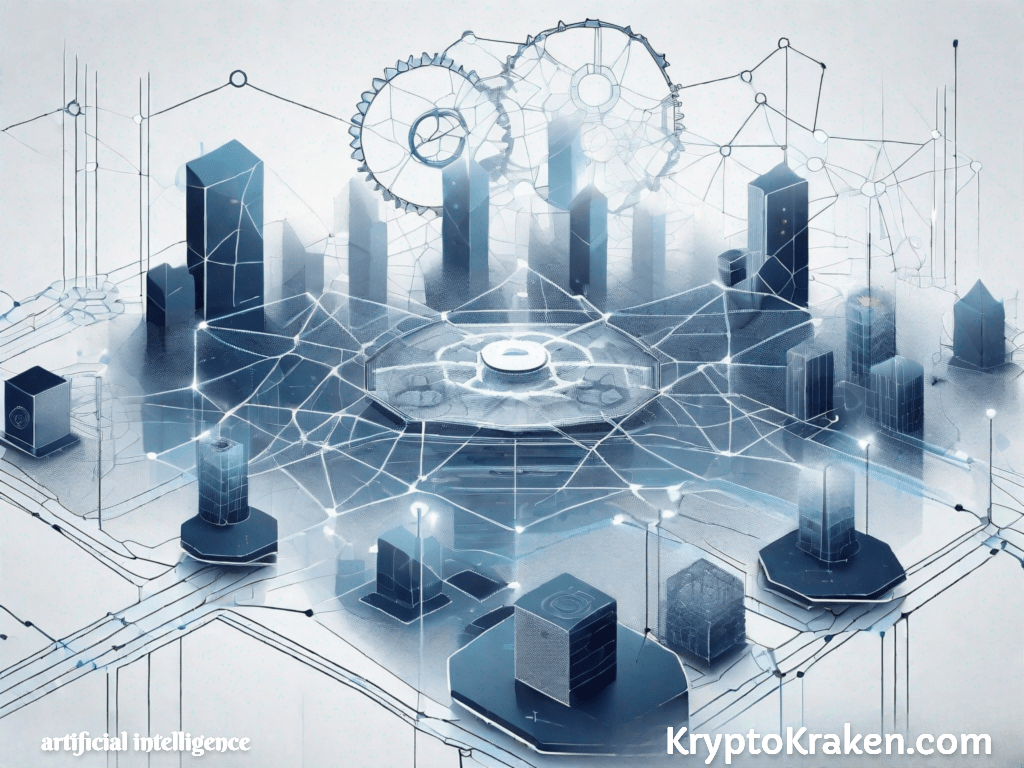

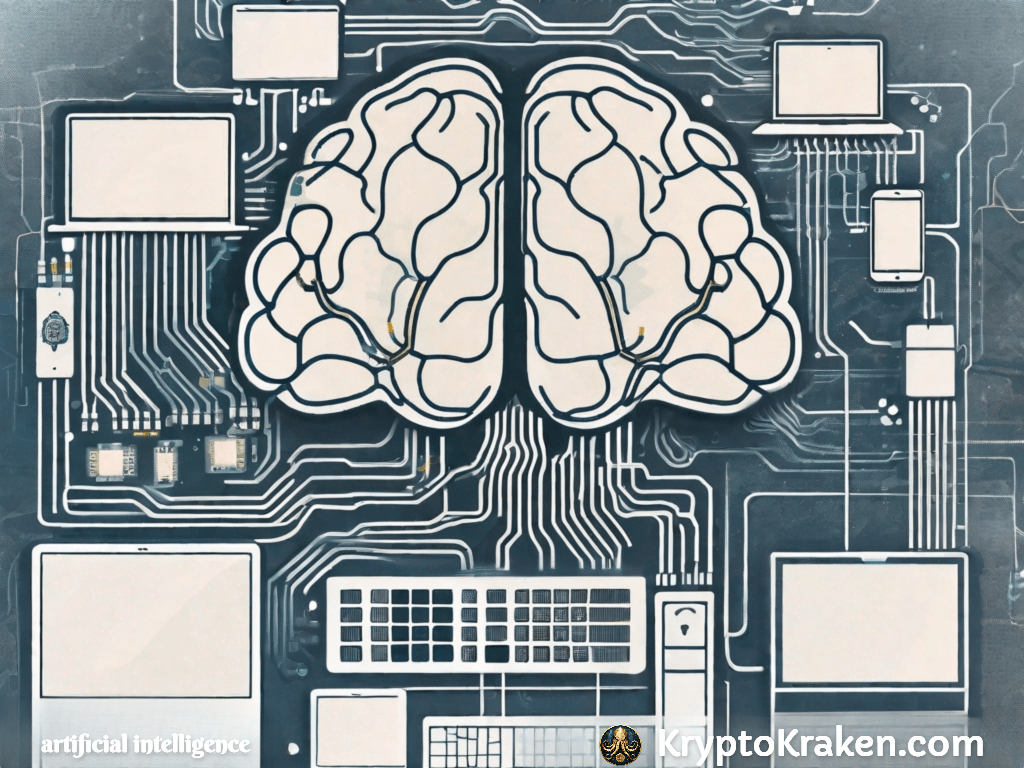
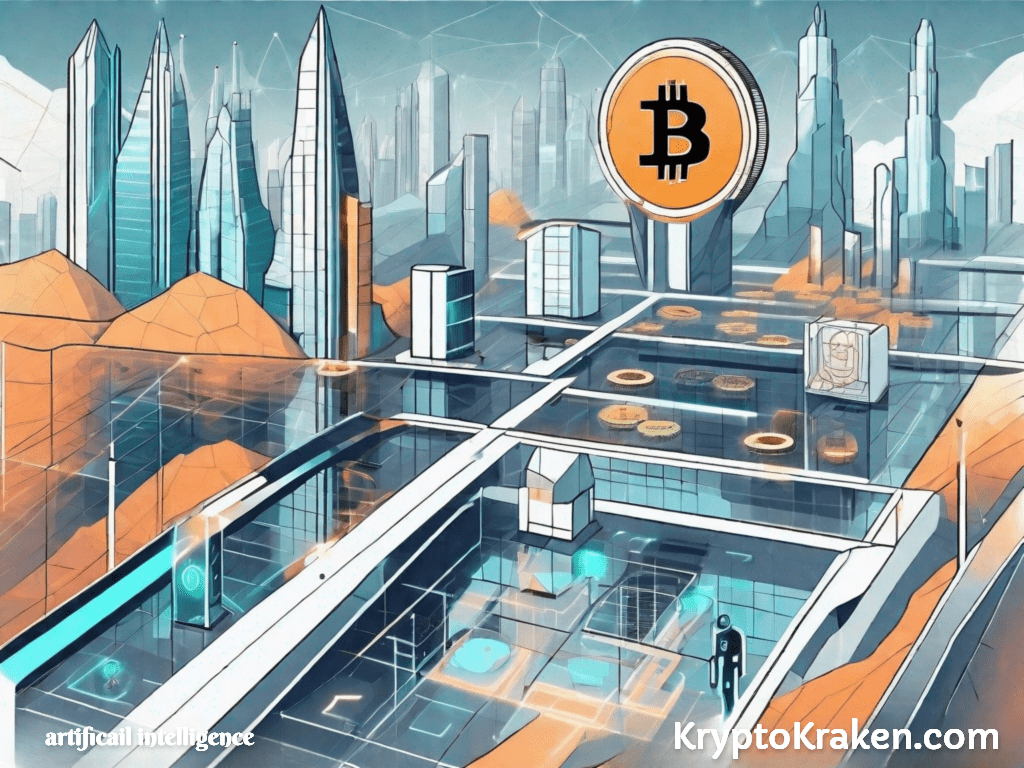
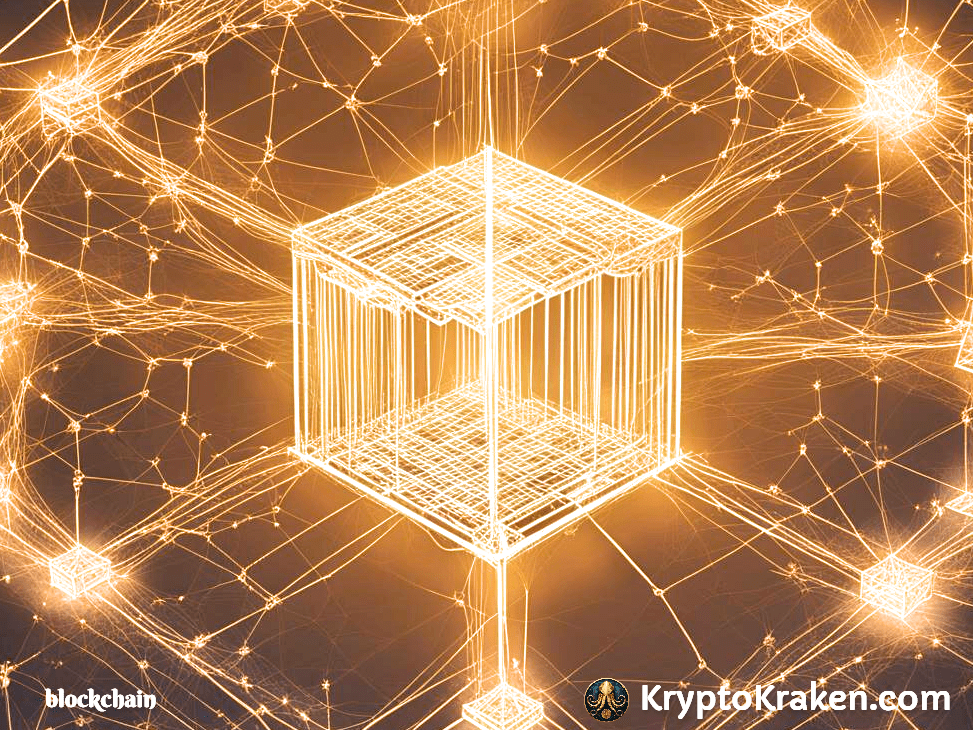
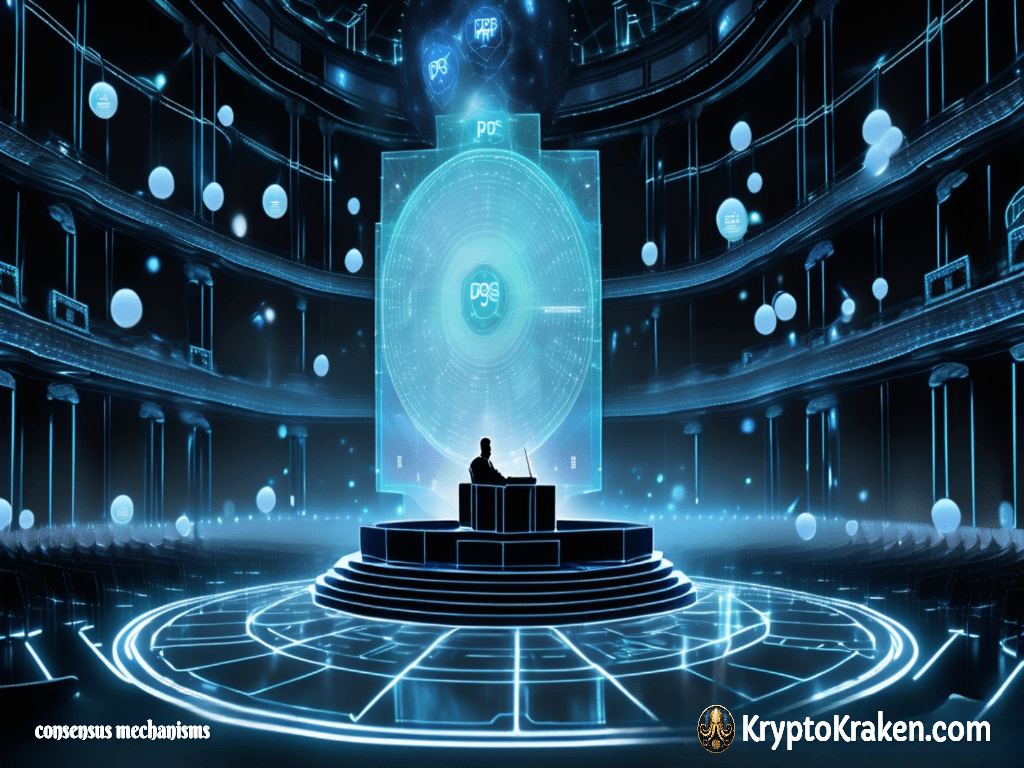
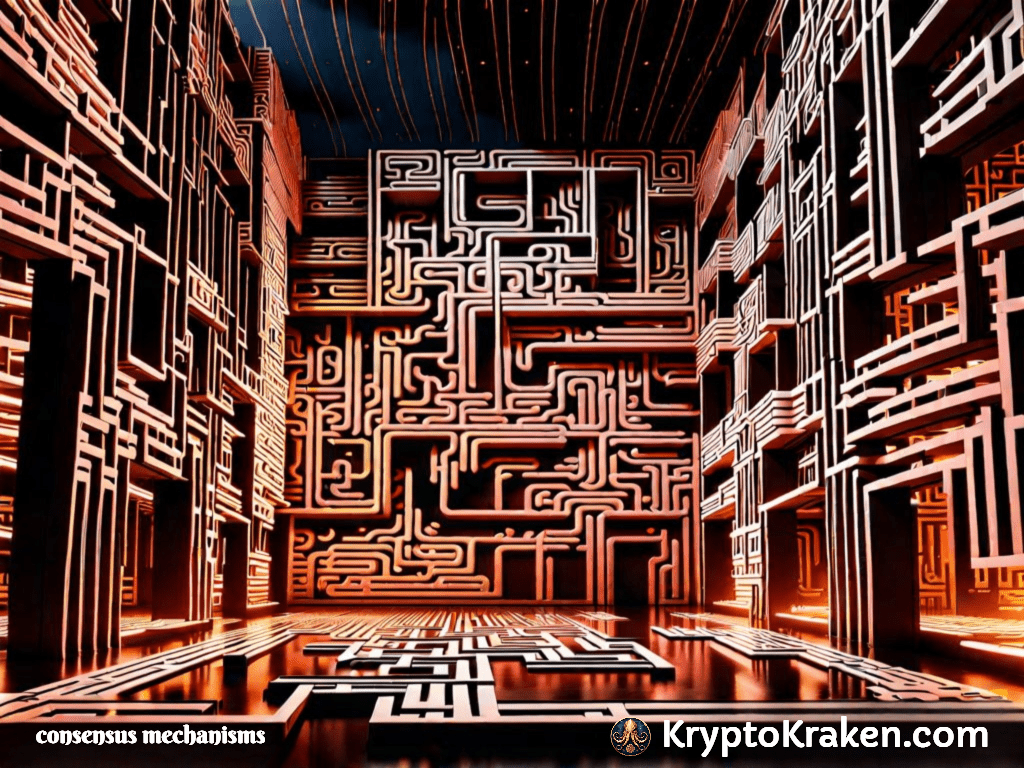

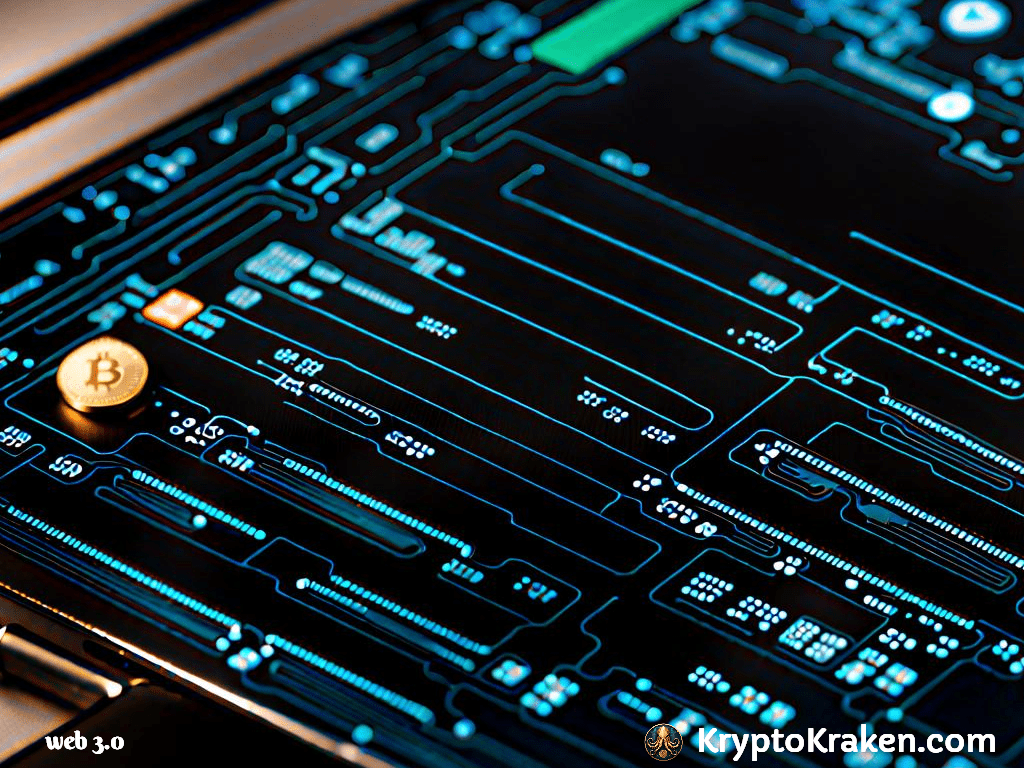



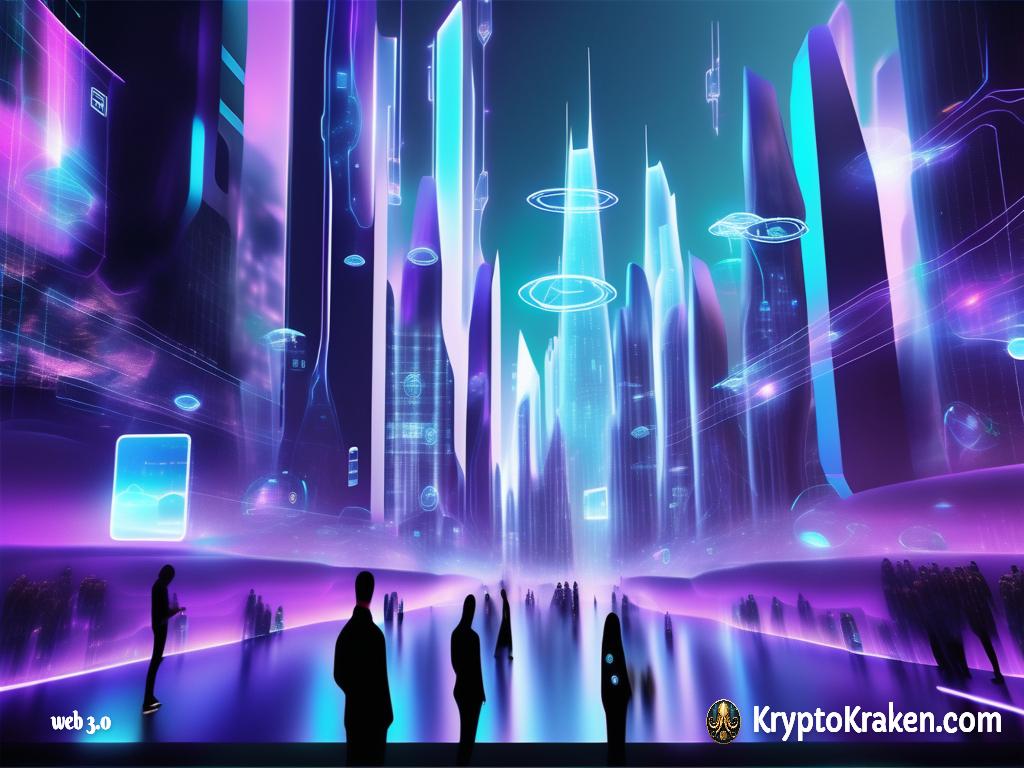
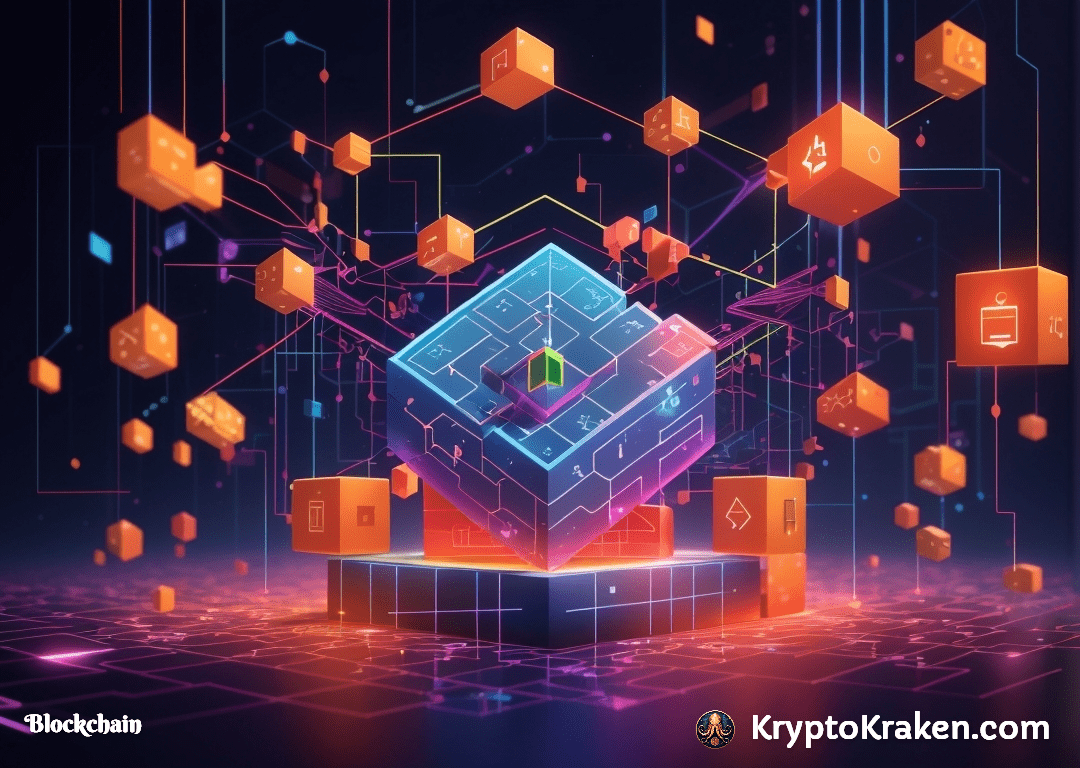
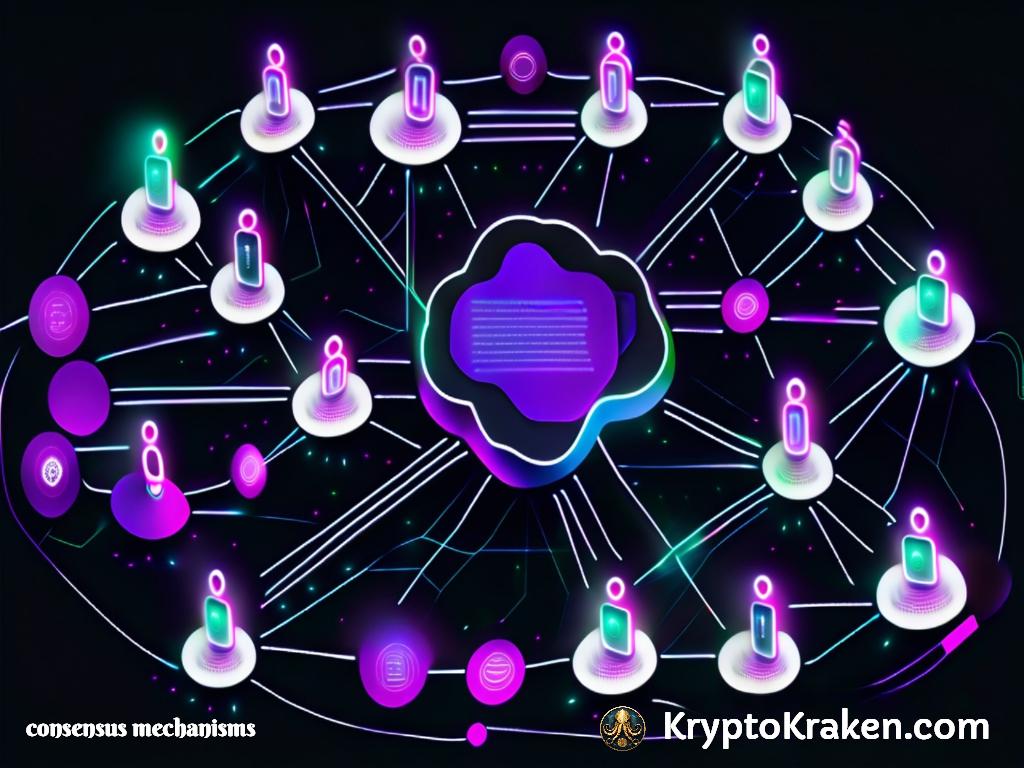
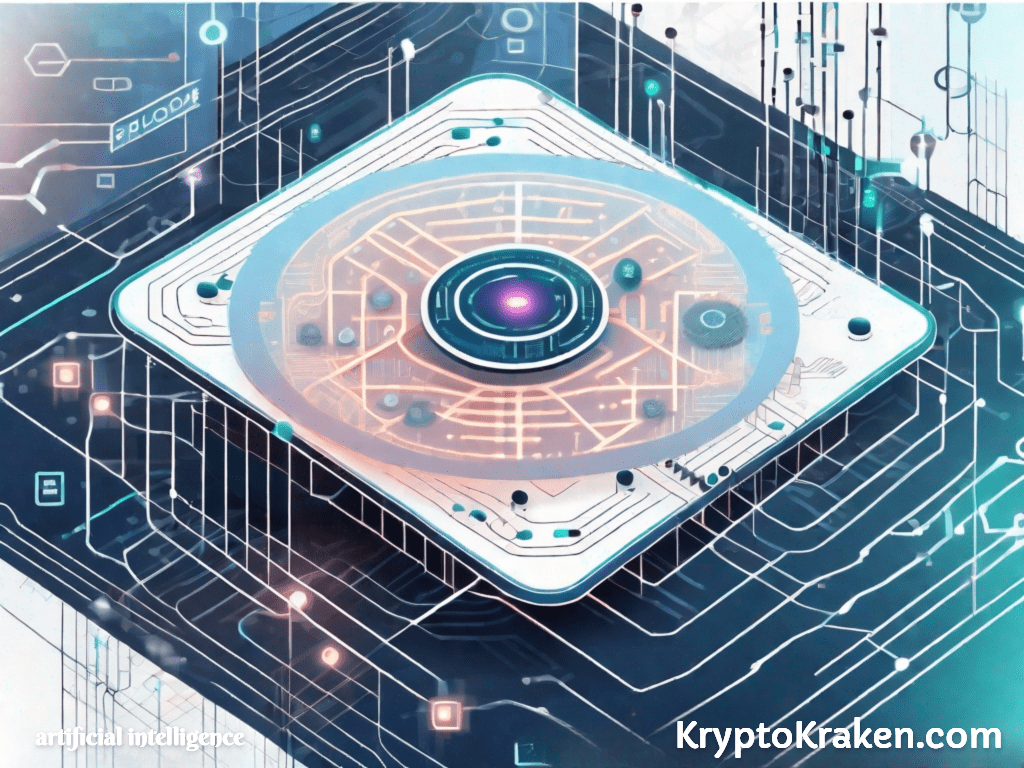
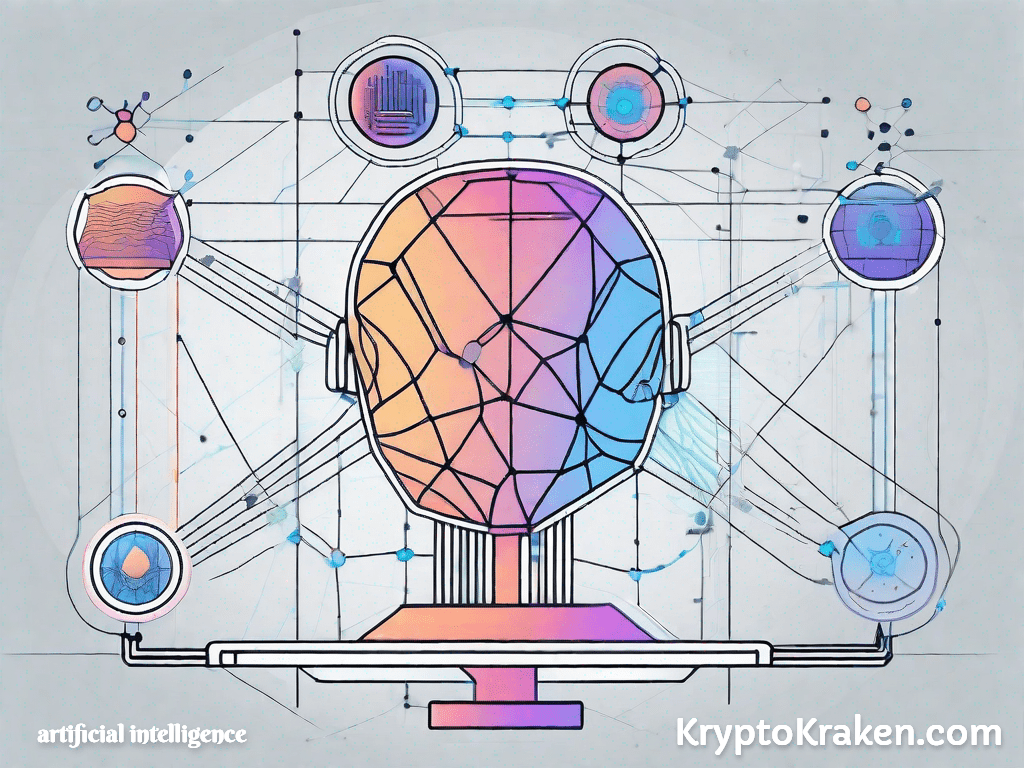

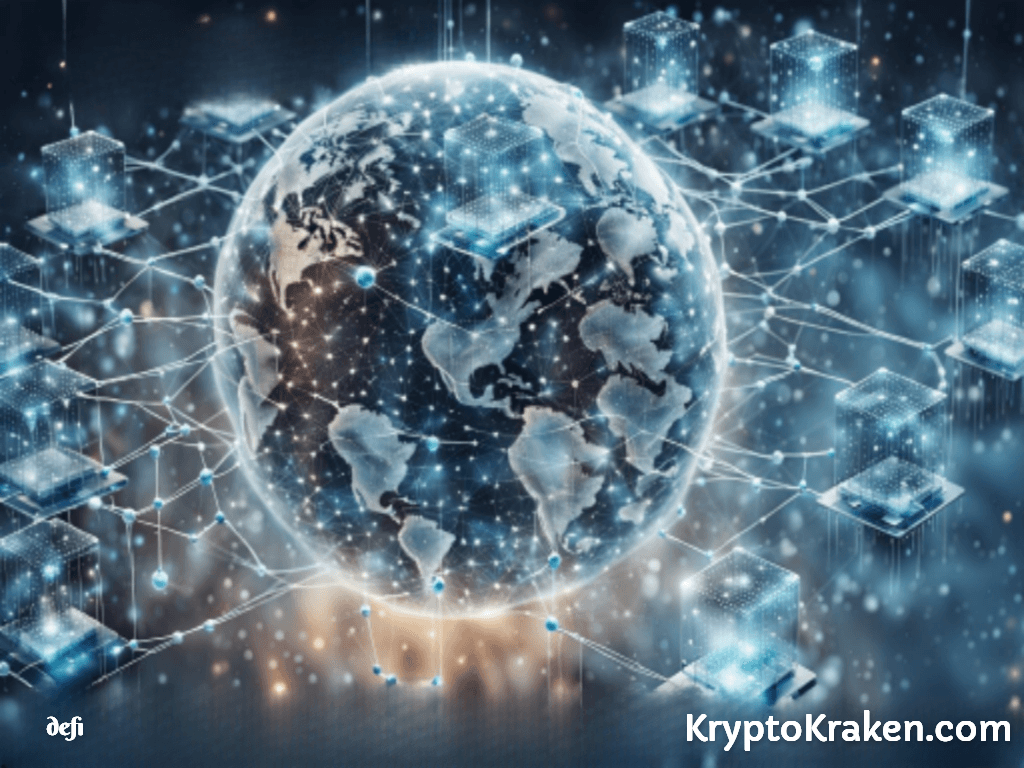

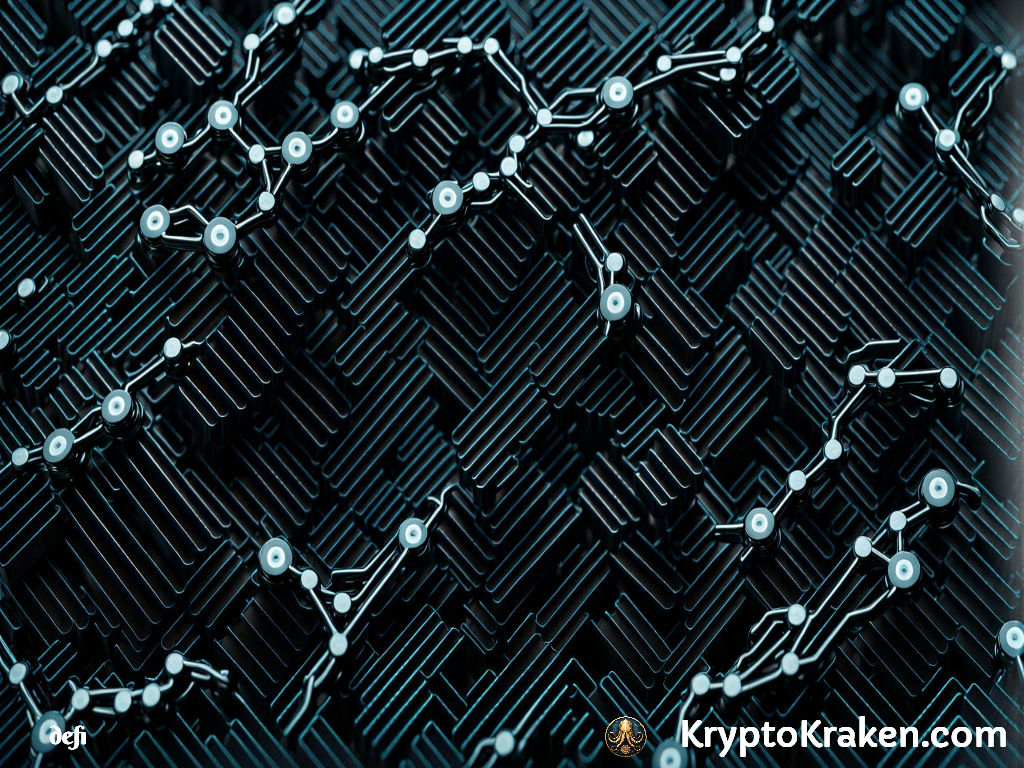
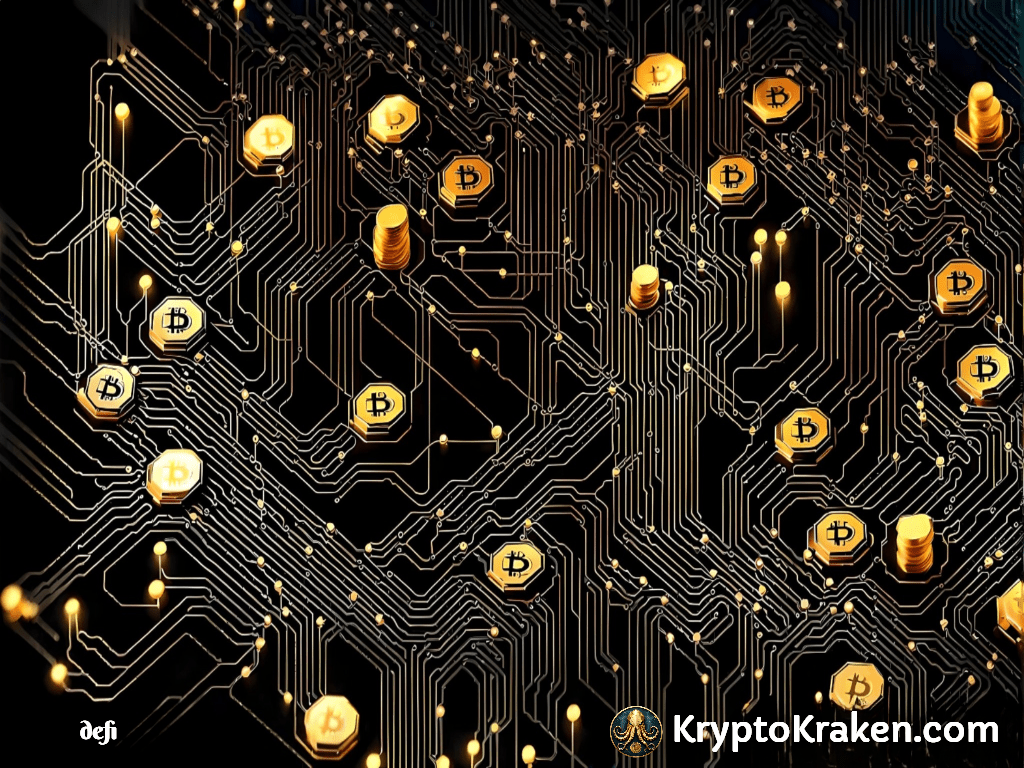




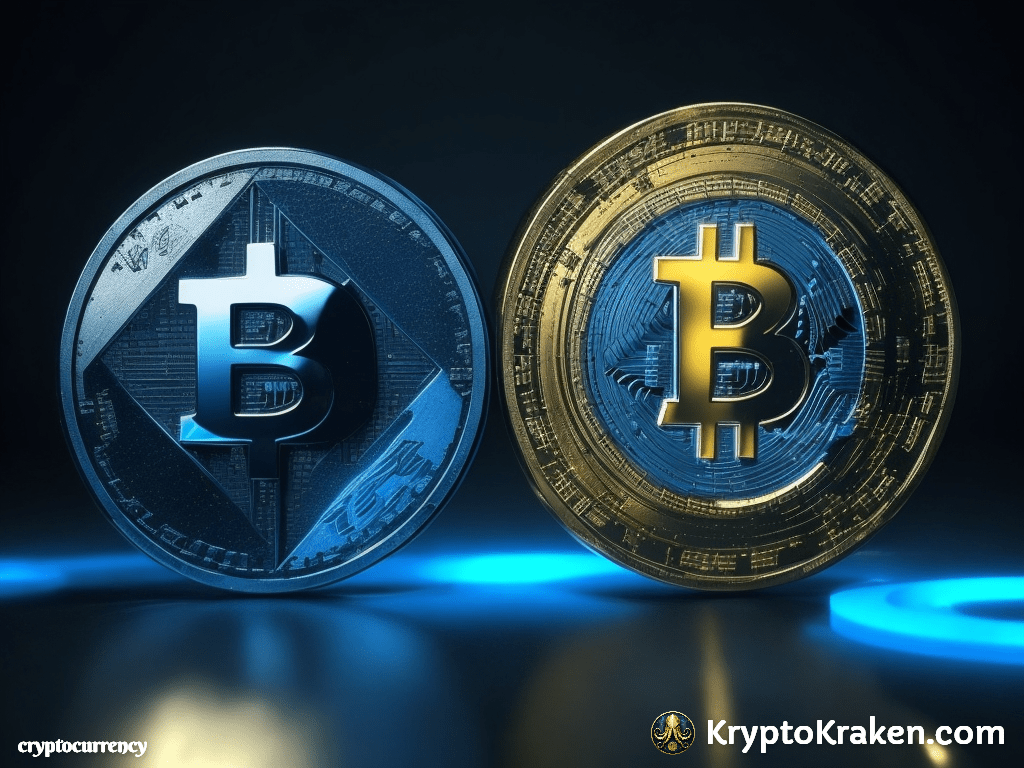
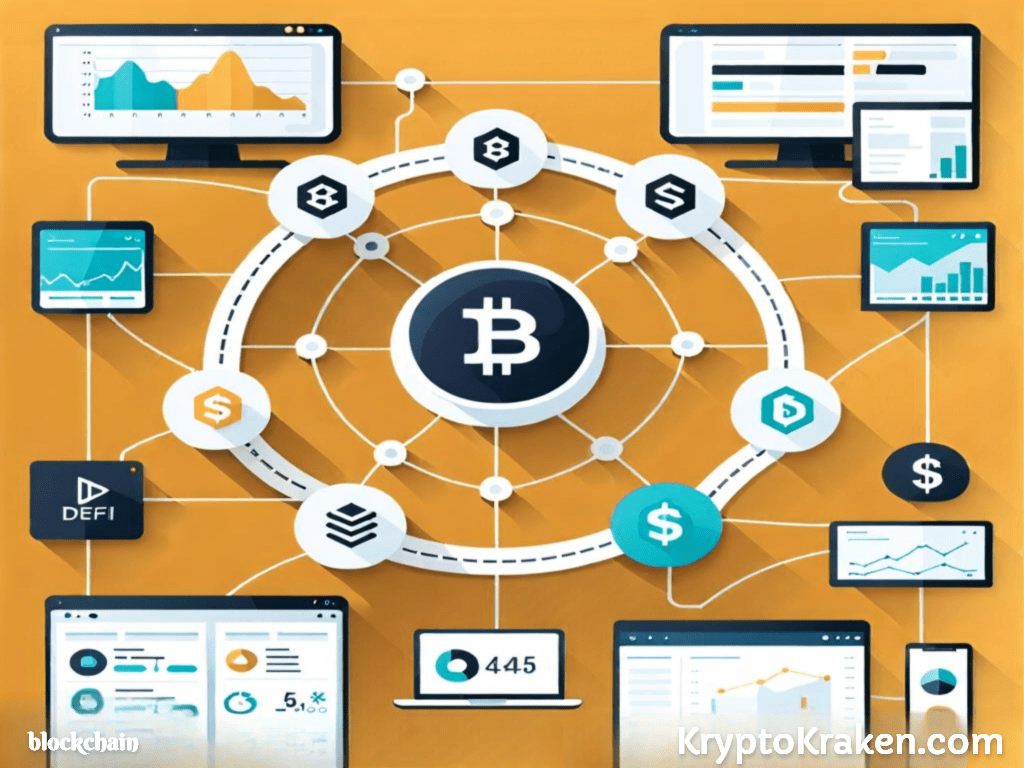
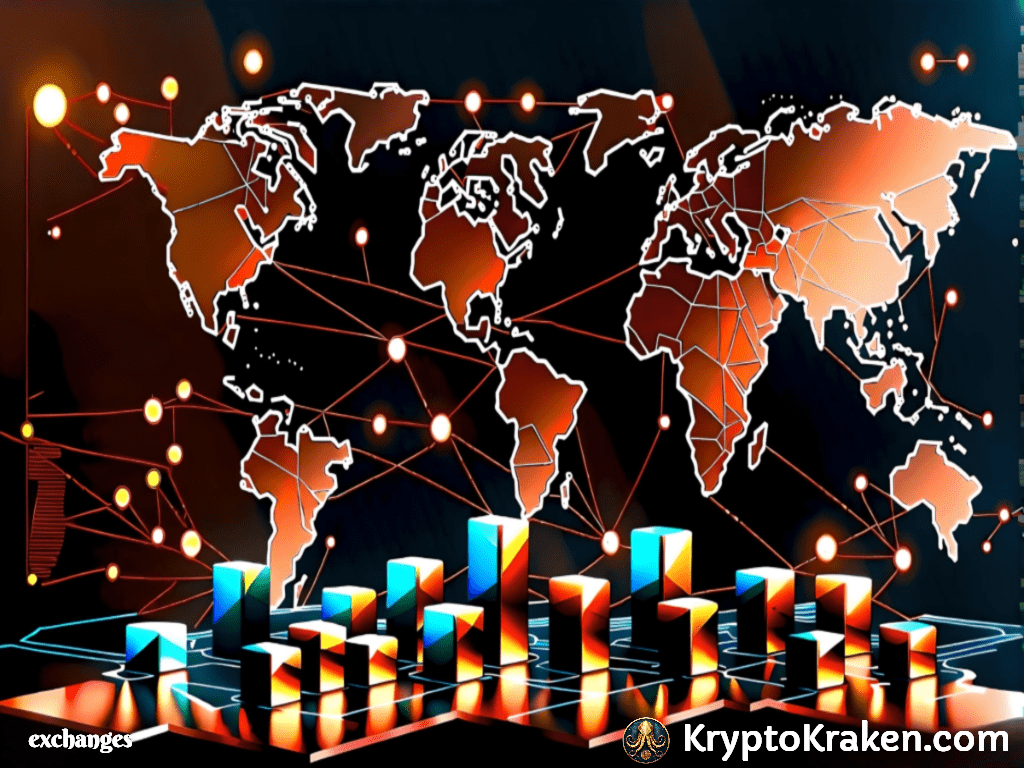
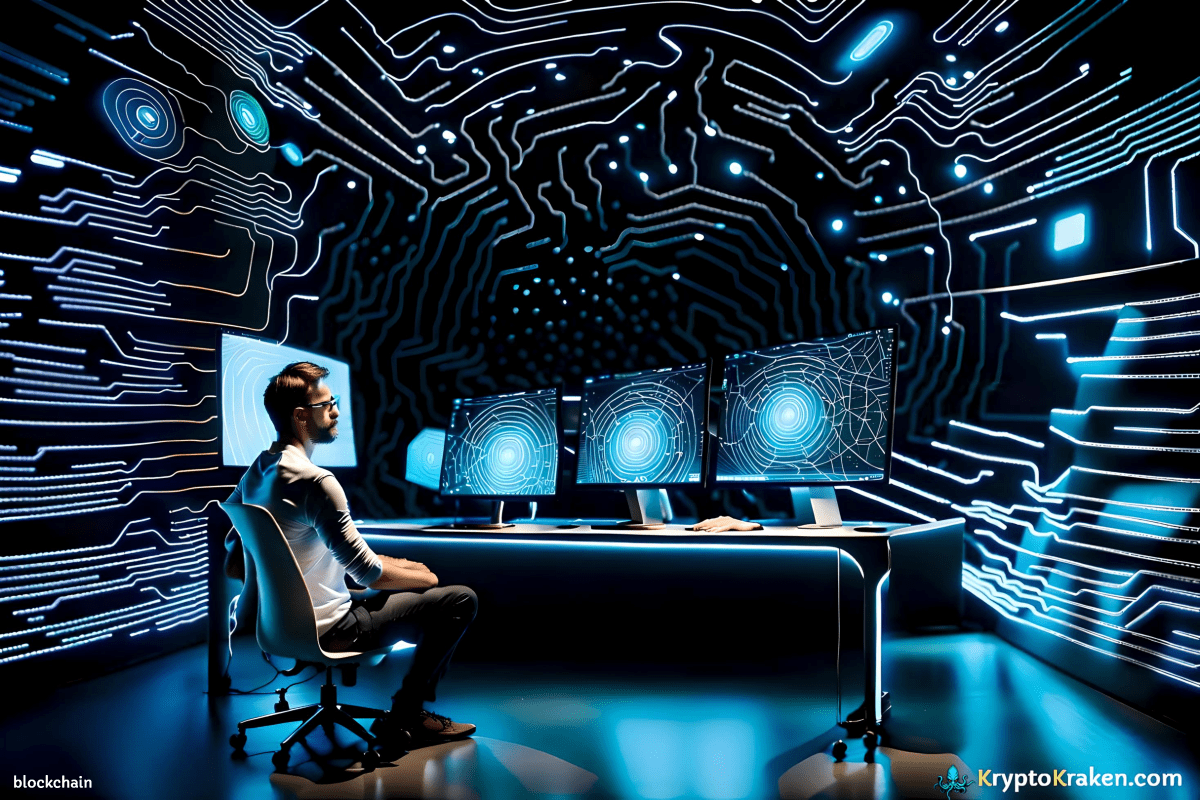
3 comments on “What Is Web 3.0 and What Does It Mean?”